We were welcomed to Much Hadham by a hysteria of wisteria, as though a single vine had united the genteel facades in a euphoric May bank holiday communal hug. Its root system spread throughout the village, linking the houses with its benevolent infrastructure. Or was that just my imagination?
We left the village at the war memorial and headed towards Moor Place (once known as Mores Place but so far not Moore Place) and skirted around the former home farm, now a housing development.
The farm buildings had grown into luxury villas but the arable field beyond had been razed to the ground, with a new crop of broken stones. Last time, in June 2010, it had been high with rapeseed.
This time we were walking with Hank and Paula who were visiting from Kansas City, where, Hank revealed, there’s a great collection of Henry Moore sculptures at the Nelson-Atkins Museum. Paula was intent on gleaning a collection of souvenir flint stones from Moore’s inspirational home ground.
Most were split by the plough. The shapely, curvaceous flints that so excited Henry Moore are less apparent these days. Maybe there are more collectors. I remembered Andrew Walton’s Hag Stones.
Down along the lane we stood aside for a tractor towing its stone breaking plough, its driver gave us a friendly “lovely day” greeting and his faithful dog gave us a reluctant “grrr”eeting. And then a sudden heart-lifting abundance, the lane was rich in wildflowers, the hedgerows heavy with mayblossom, the scented air was filled with birdsong and on the ground a hatched and newborn eggshell.
We came down by a group of old feed bins? standing in the corner of a field like a quartet of neglected pianos. Paula suggested they might be Donald Judd sculptures. We crossed over the River Ash and spotted a tempting sign for the Prince of Wales beer festival but sadly it was not on our route.
We followed the path into the trees along the Hertfordshire Way, a delightful bridleway, complete with horses, along beside the river and below the steeply sloping woods carpeted with bluebells and forget-me-nots. There were wild strawberries, orange-tip butterflies and a huge field full of dandelion clocks.
Water meadows appeared below us, between the river and the woods, pasture for sheep and home to a statuesque trinity of willows, and Hank discovered an irresistible rope swing.
We left the woods, stepping down into a steep-sided hollow lane and around Sidehill House, with another tempting rope swing suspended from a magnificent horse chestnut in the garden. The road leading down to the ford was thick with alluvial pebbles, a sign it was recently flooded. We turned right into a field of horses (which Hank resisted riding), along the Hertfordshire Way through a pastoral valley by the river. Two horses stood interlocked, mutually grooming; an eight-legged beast.
We continued, through a kissing-gate and over a narrow wooden footbridge, careful to avoid nettles and a pretty peacock butterfly, and climbed steeply through a copse where we surprised a wooden, open-mouthed hippopotamus. We climbed all the way to the top, though not up to the crow’s nest.
There were more paddocks of horses, a field of crows (not cows), a sky full of vapour trails, then a steep descent down a holloway back to the river. Over the bridge and alongside an old redbrick garden wall with towering yew trees, to the churchyard. Supposedly there are traces hereabouts of an ancient Bishop’s Palace, built for the Bishop of London before 1066, but somehow we missed it.
We also failed to spot two carvings by Henry Moore, either side of the church tower door. There’s the head of a queen and the head of a king. Nor did we notice the wonderful Tree of Life stained glass window, inspired by a Henry Moore etching. We overlooked the church in our rush to get to the pub; lunch was booked for 1.30 and we were running late.
Walk the walk – Much Hadham
※
After lunch we drove over to Perry Green, a mile south east of Much Hadham, where Henry Moore lived after leaving London in 1940 until his death in 1986. We first visited here perhaps 12 years ago, when it was necessary to telephone in advance to make an appointment to view the garden. Since then, the Moore’s family home, Hoglands, has been opened to the public, the gardens have become a sculpture park and the Henry Moore Foundation now runs the local pub, The Hoops, as well as the village bookshop. There’s an interesting sequence of photos here from 1976 by Lucien den Arend.
This is Henry Moore’s Large Figure in a Shelter nestling in the trees. His sculptures are presently sharing the grounds of Perry Green with works by contemporary artists. Body & Void is an exhibition of echoes, correspondences and common ground.
Double Oval by Henry Moore, like the handles of a giant pair of scissors stuck into the ground.
Locking Piece by Henry Moore, inspired by a pair of pebbles.
Knife Edge Two Piece by Henry Moore, inspired by the rocks and boulders of the Yorkshire dales.
Large Totem Head by Henry Moore, human head, helmet or seed head.
Two Piece Reclining Figure: Cut by Henry Moore, with three piece standing figures: observing.
Detached 3 by Rachel Whiteread, the inside of a garden shed, cast in concrete, echoes Moore’s studio.
Early Forms St Gallen by Tony Cragg, one of a series of casts from twisted and abstracted vessels.
Reclining Figure: External Form by Henry Moore, like a chrysalis, a sleeping bag in a tube station.
Associate by Richard Deacon, like a Rubik’s Transformer version of a Henry Moore Locking Piece.
Kiss & Tell by Richard Deacon.
Reclining Figure by Henry Moore.
Sense by Antony Gormley.
Standing Figures by Henry Moore.
Still Feeling (Corner) by Antony Gormley.
Helmet Head No.4 Interior-Exterior by Henry Moore.
Cave by Antony Gormley.
Untitled by Anish Kapoor.
Large Upright Internal/External Form by Henry Moore.
Large Reclining Figure by Henry Moore.
Three Piece Reclining Figure: Draped by Henry Moore.
A Henry Moore at the Bottom of the Garden by Howard Hodgkin.
This painting is not in the exhibition but it appears in the catalogue and you can also see it here.
Sheep Piece by Henry Moore.
North South Line by Richard Long, a strip of unmown lawn.
Re-laid Turf by unknown artist, sculptural intervention or infrastructure excavation?
The Bourne Maquette Studio with a window onto the sheep field beyond, where Henry Moore would sit and draw and explore his collection of found objects – bones, flints, roots and shells.
Body & Void / Body & Void / Body & Void


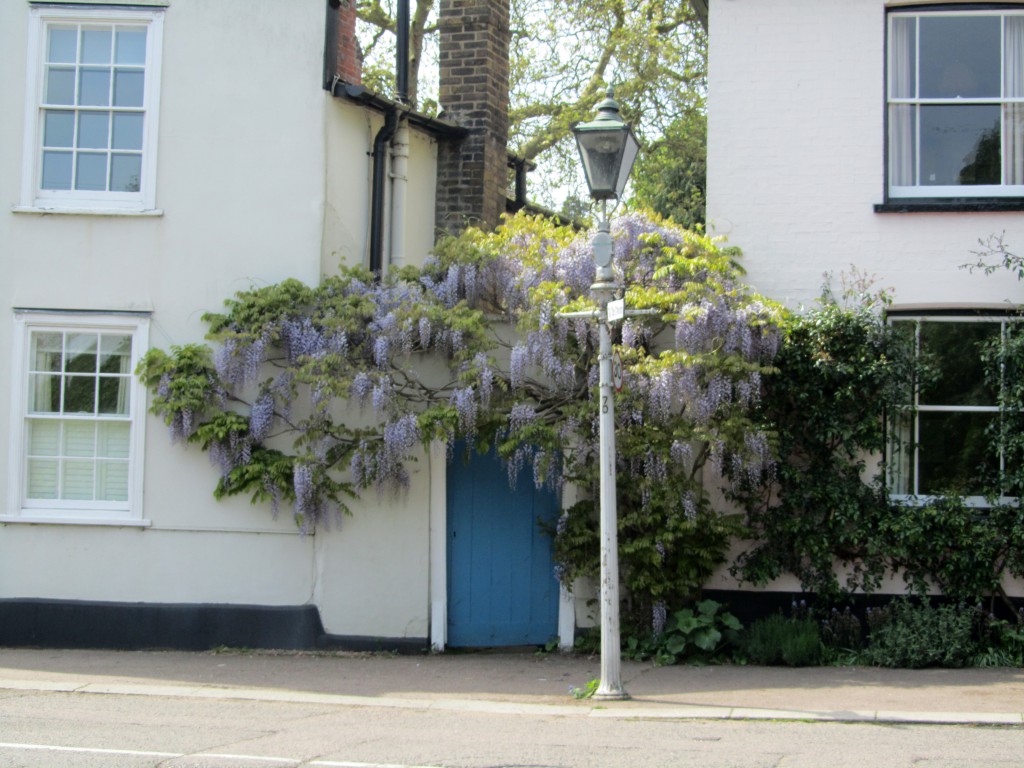

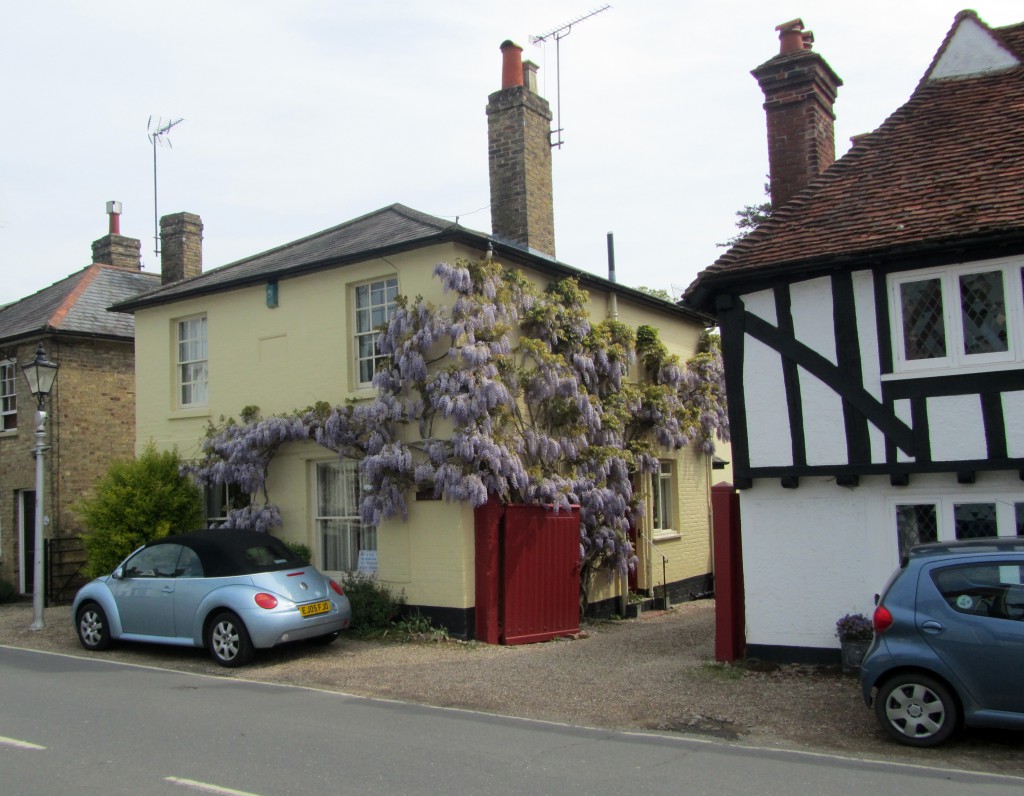
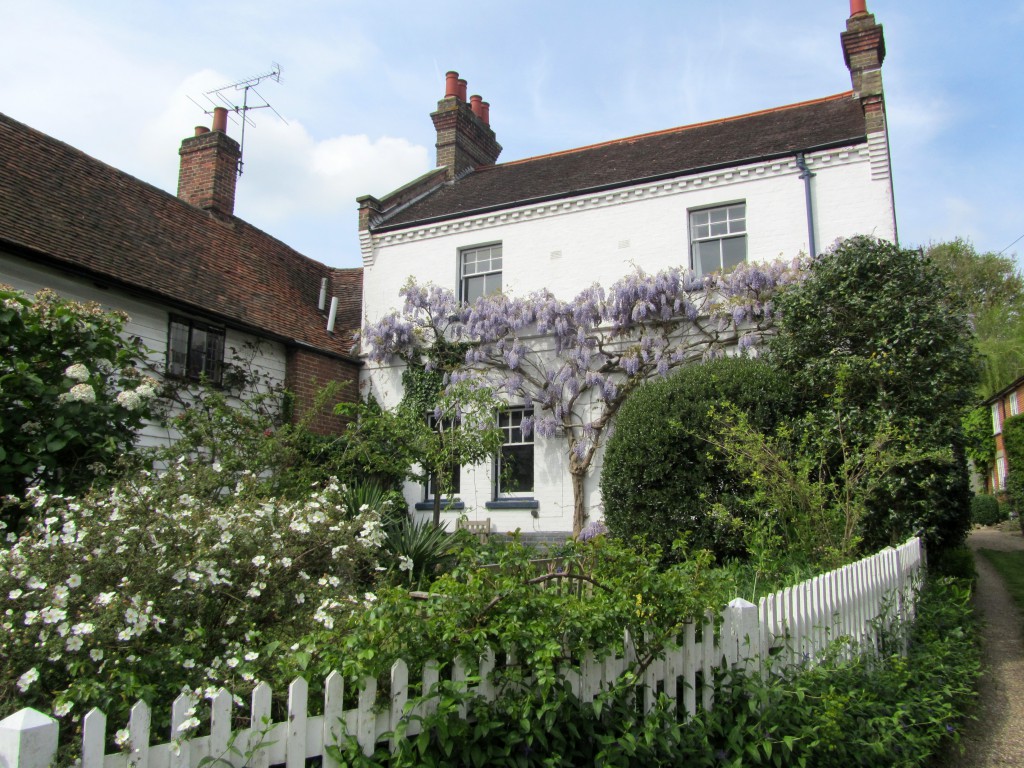
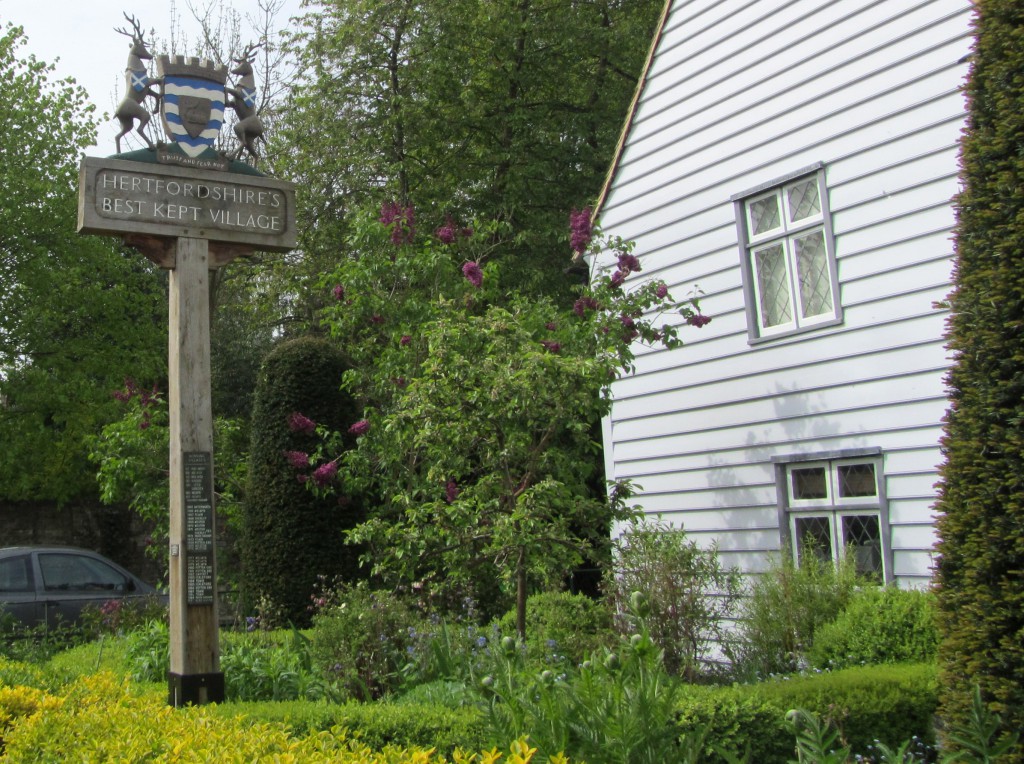
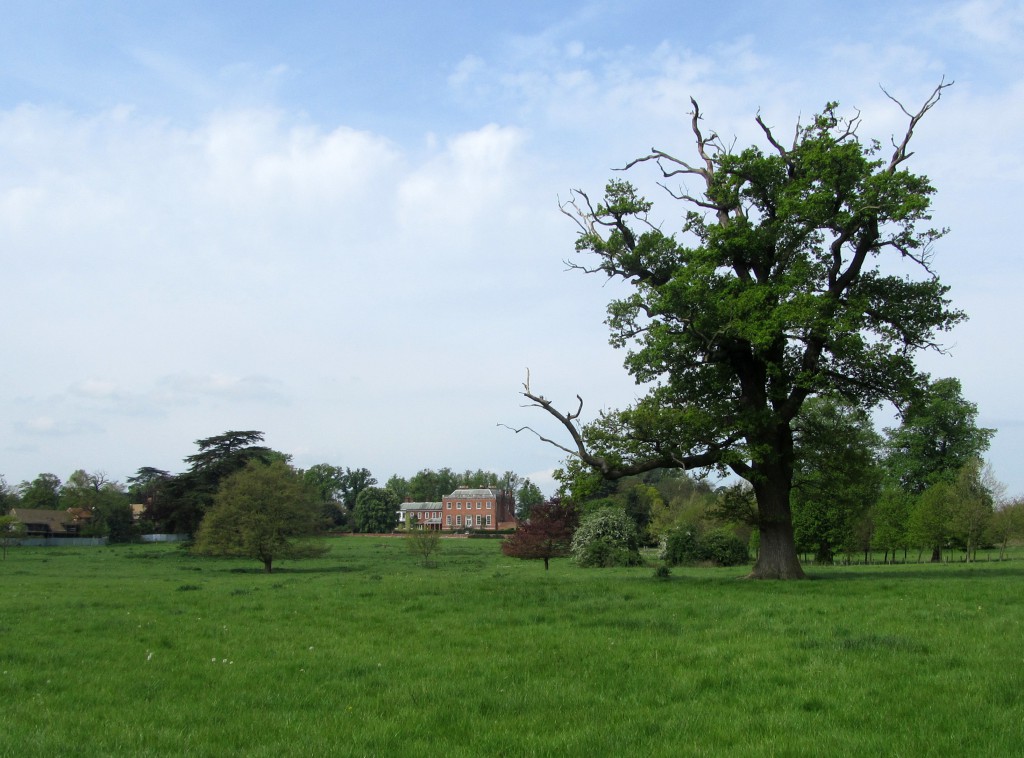

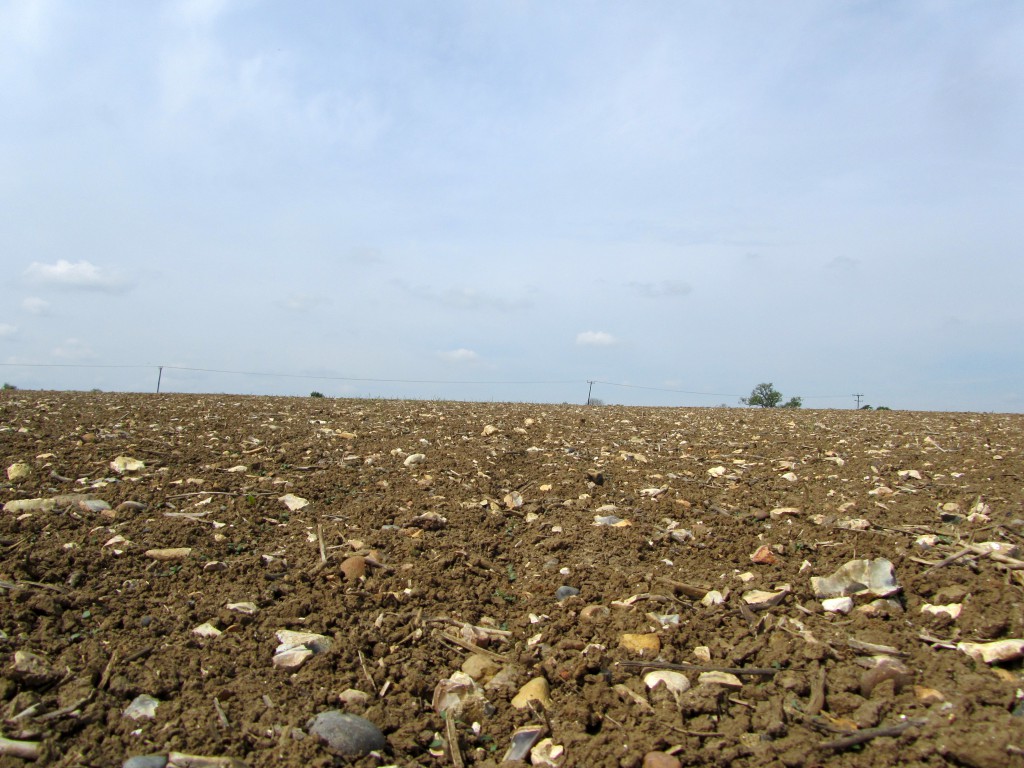

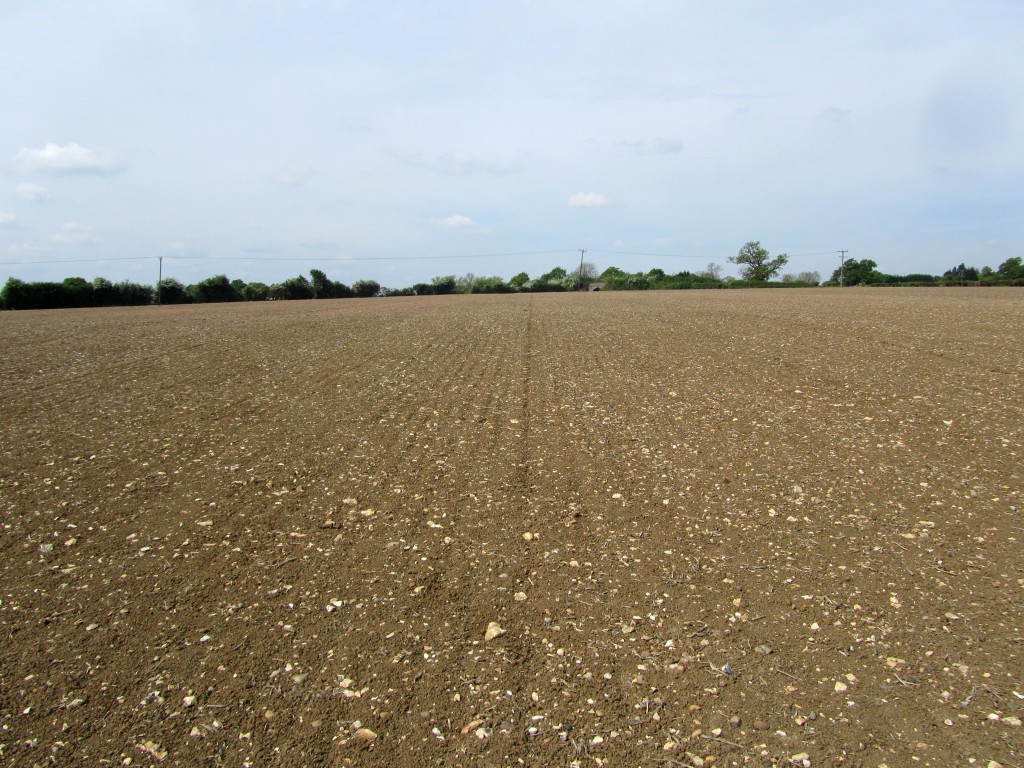
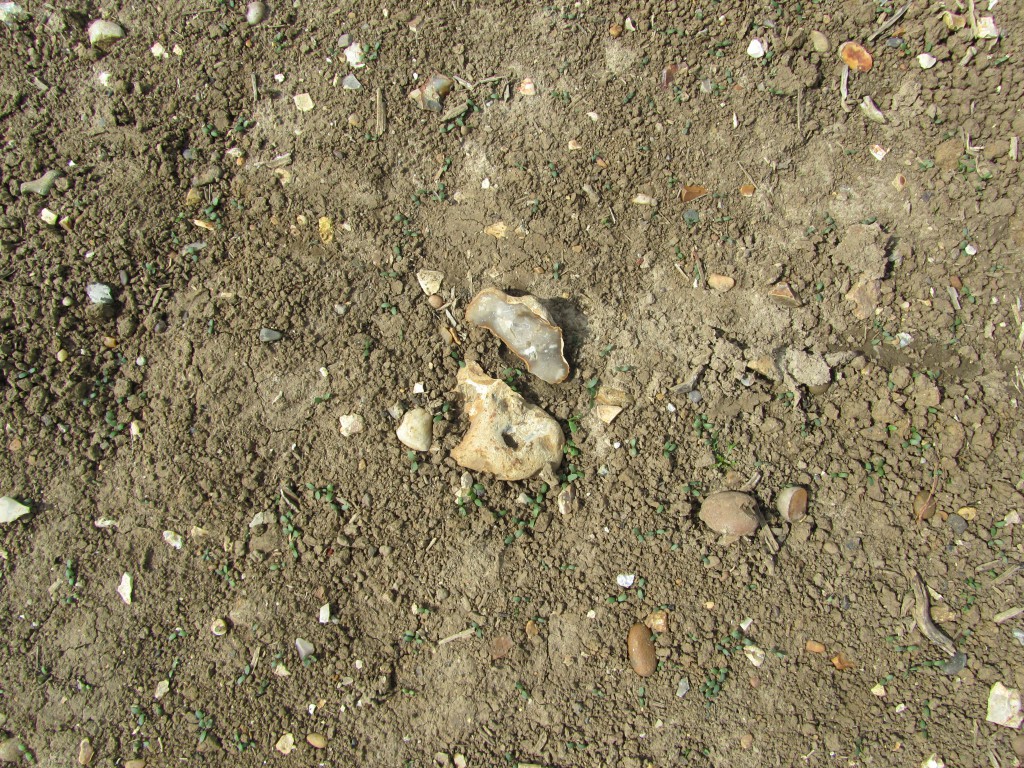

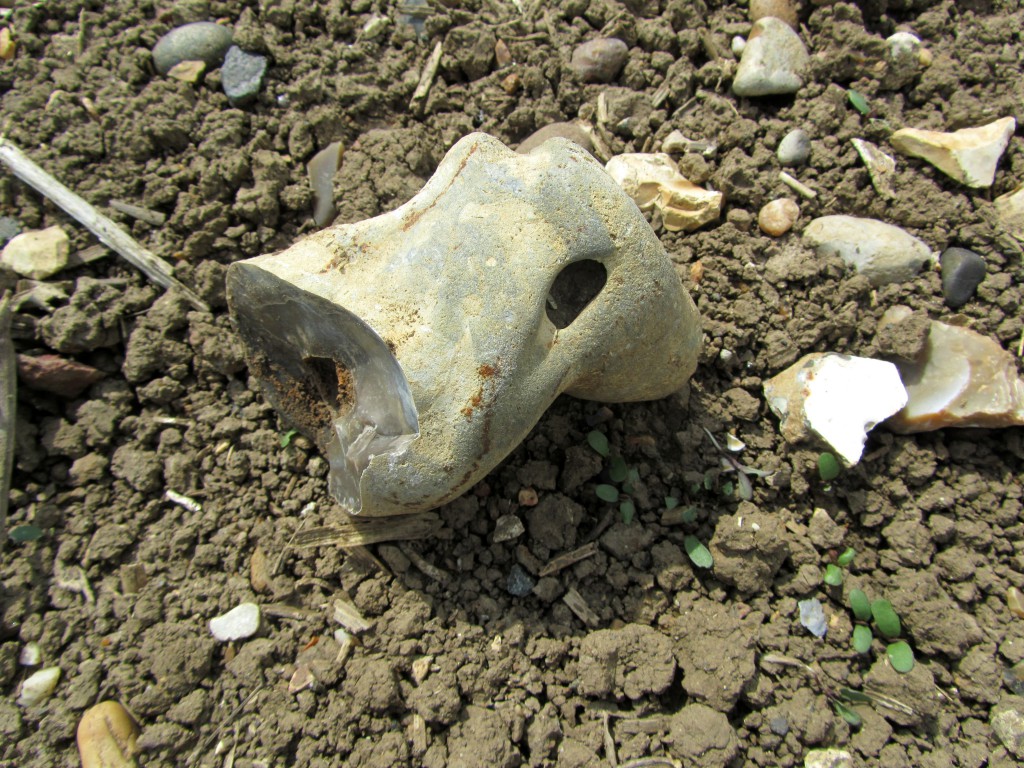
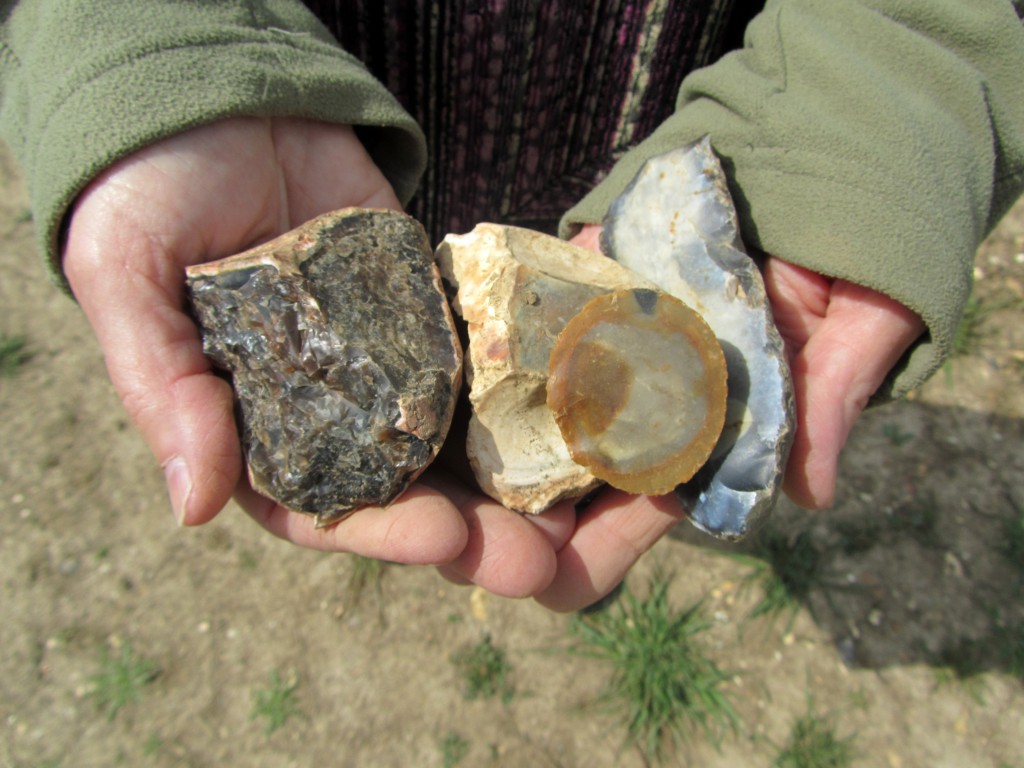


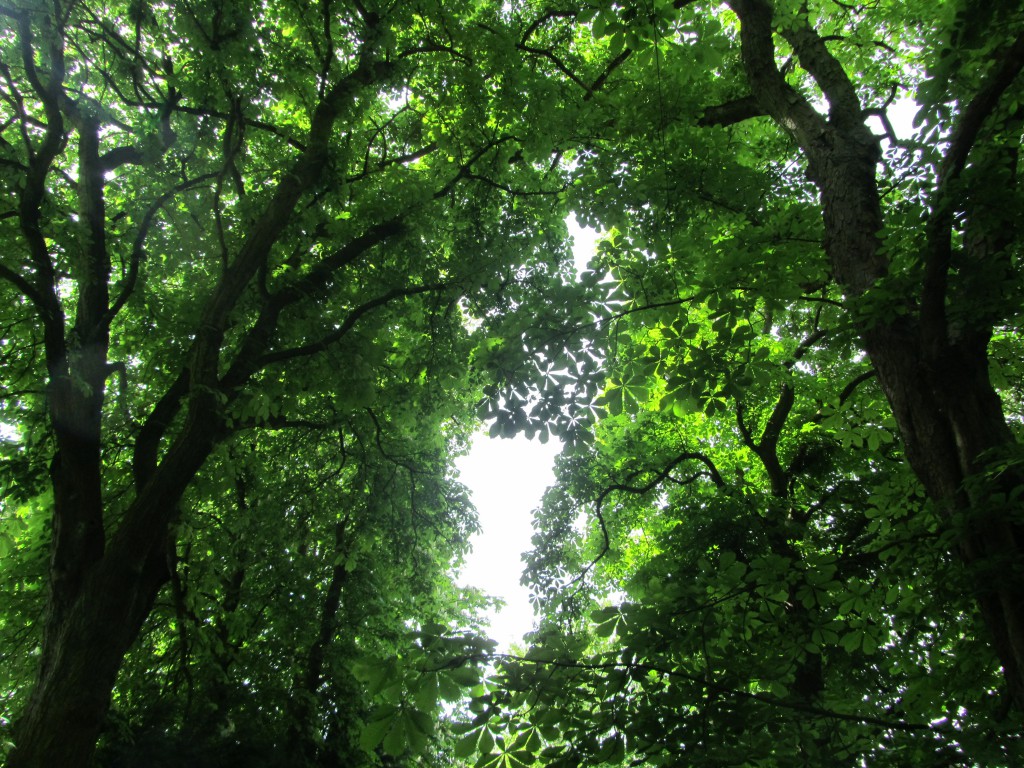

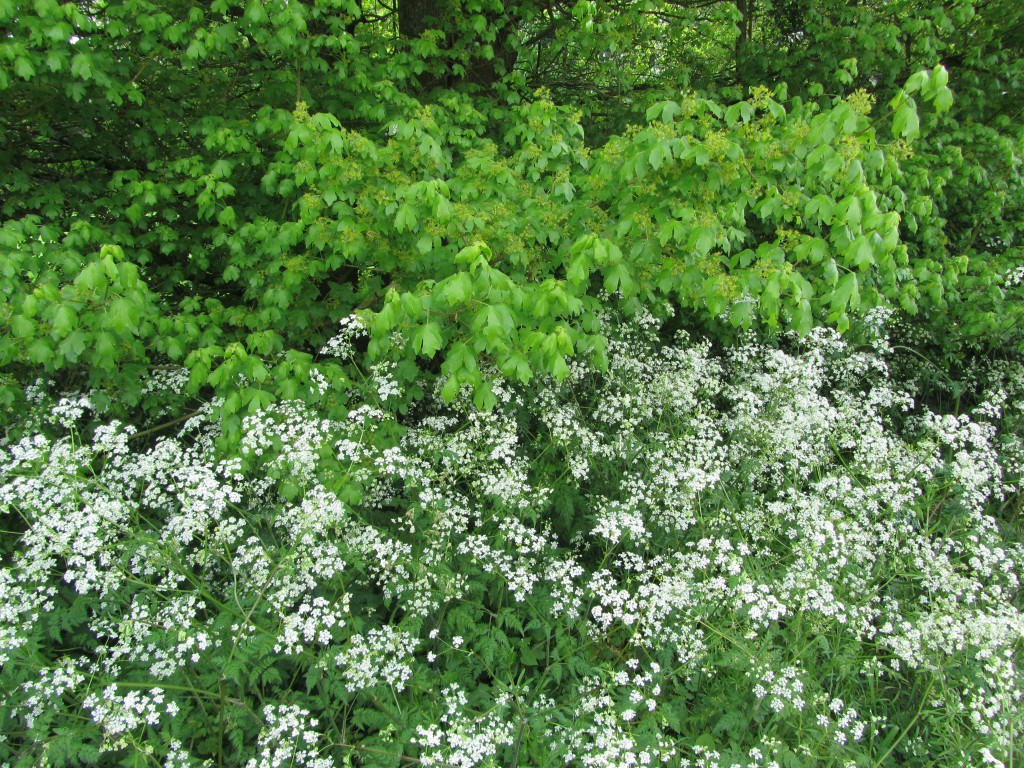
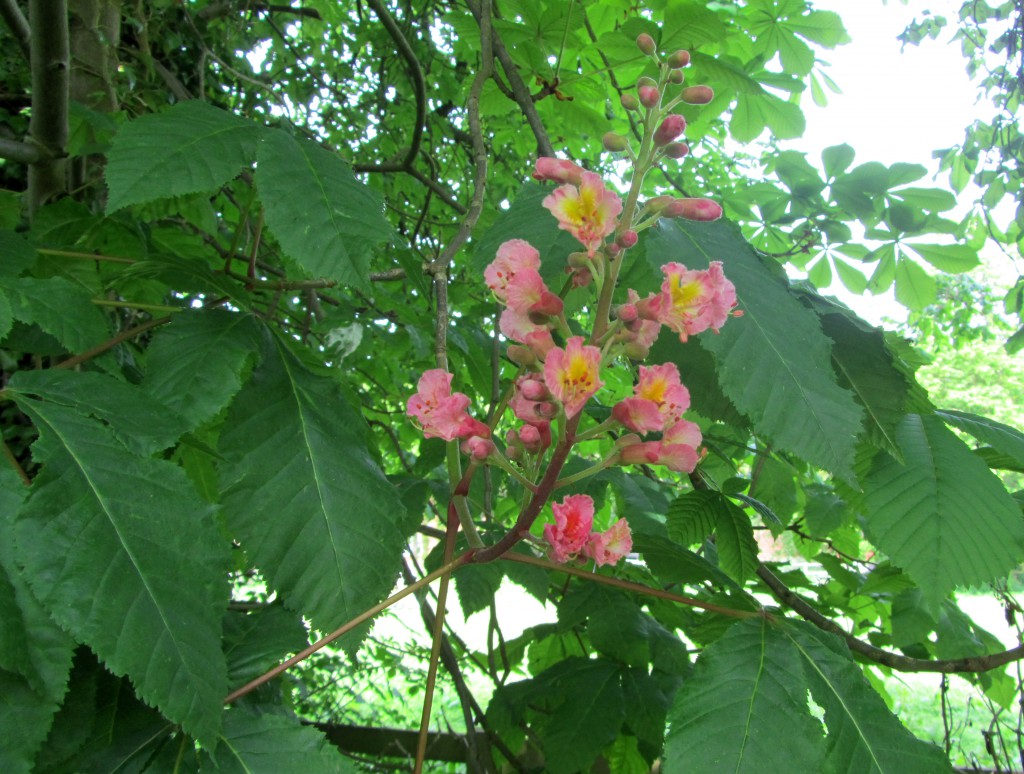
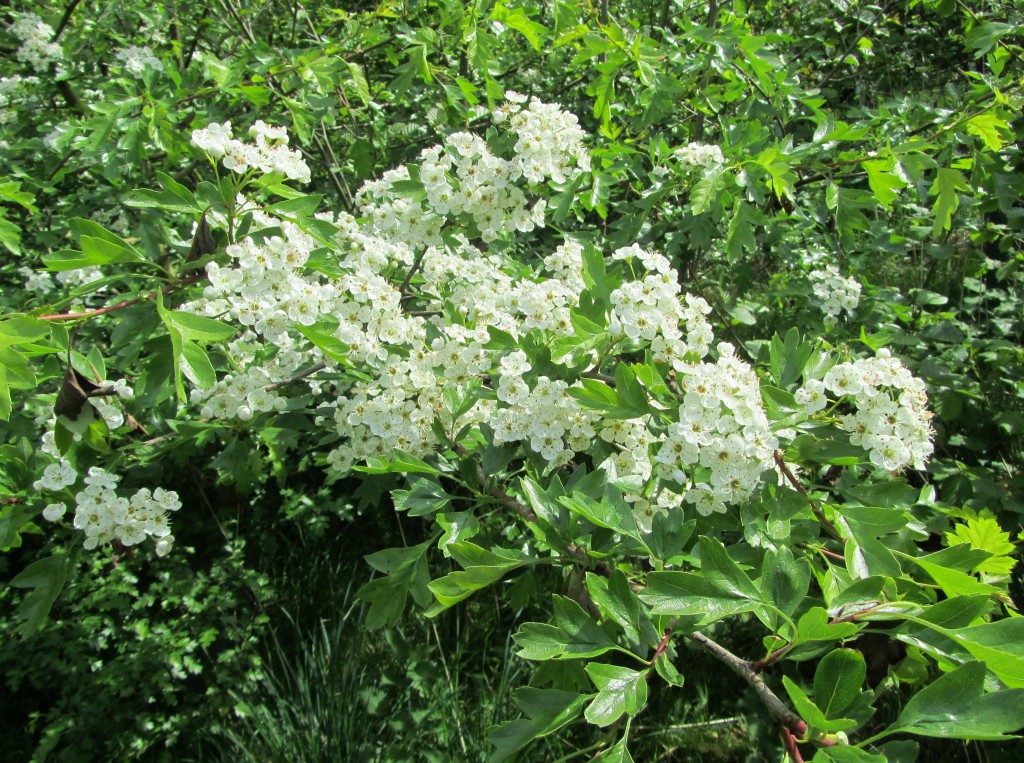
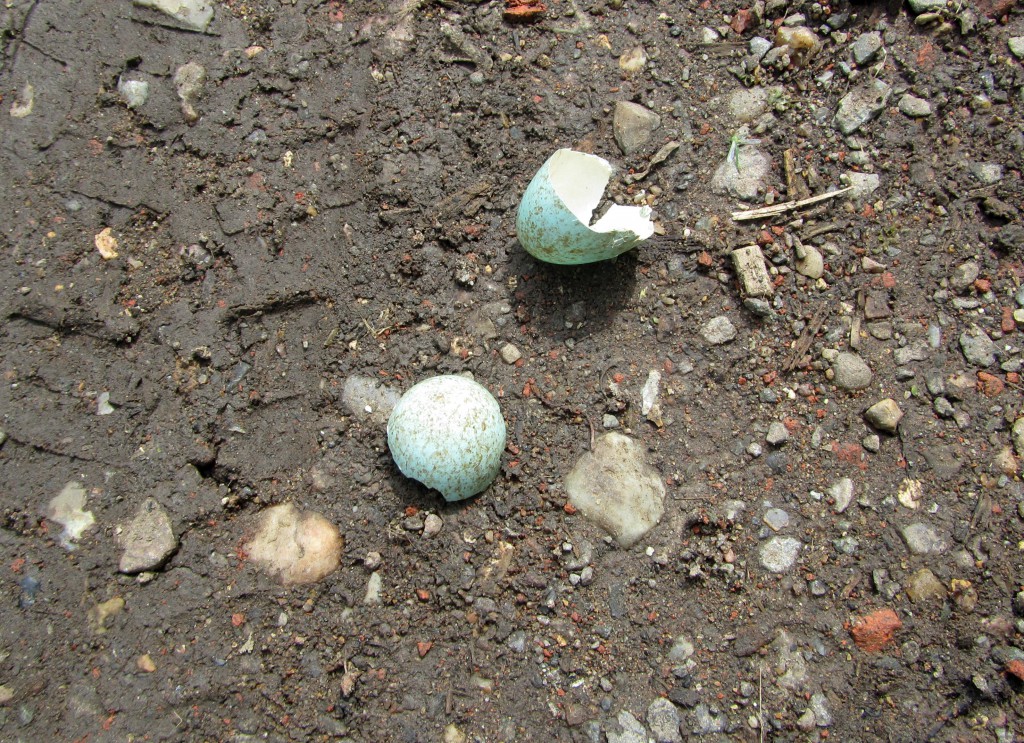

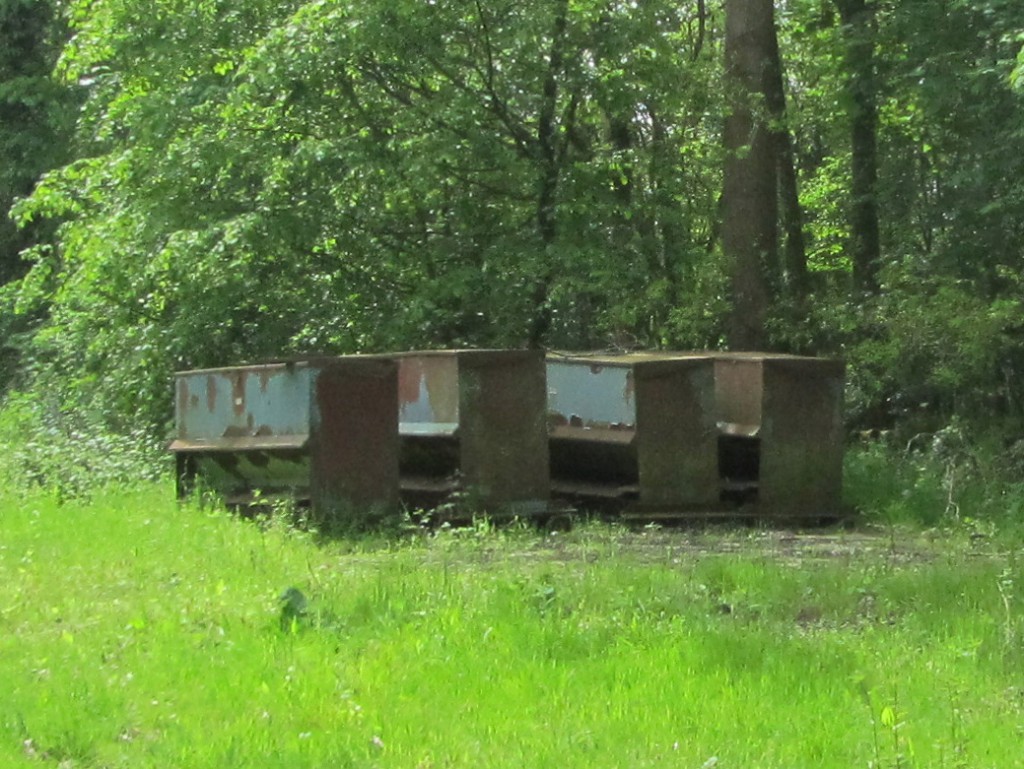

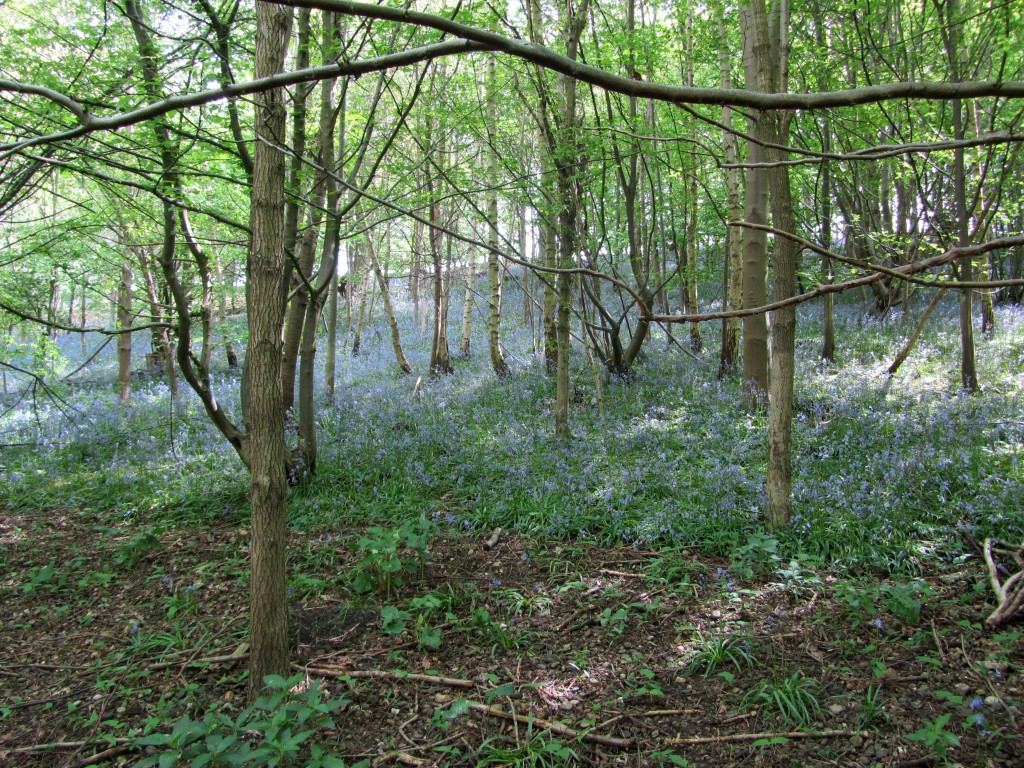
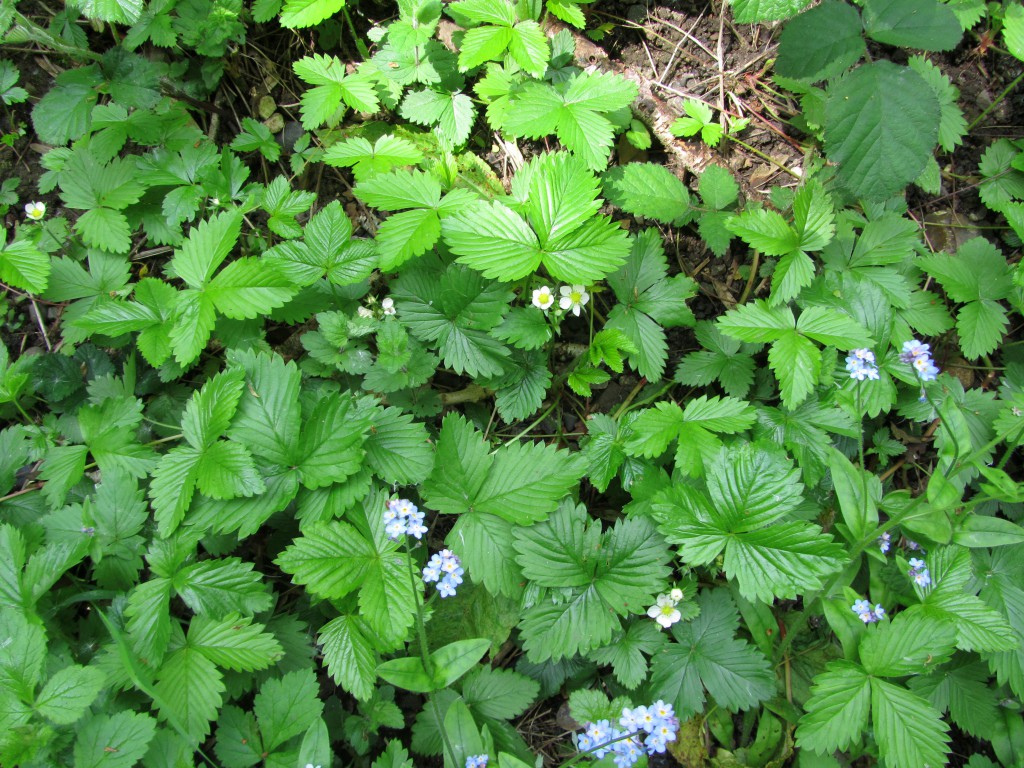

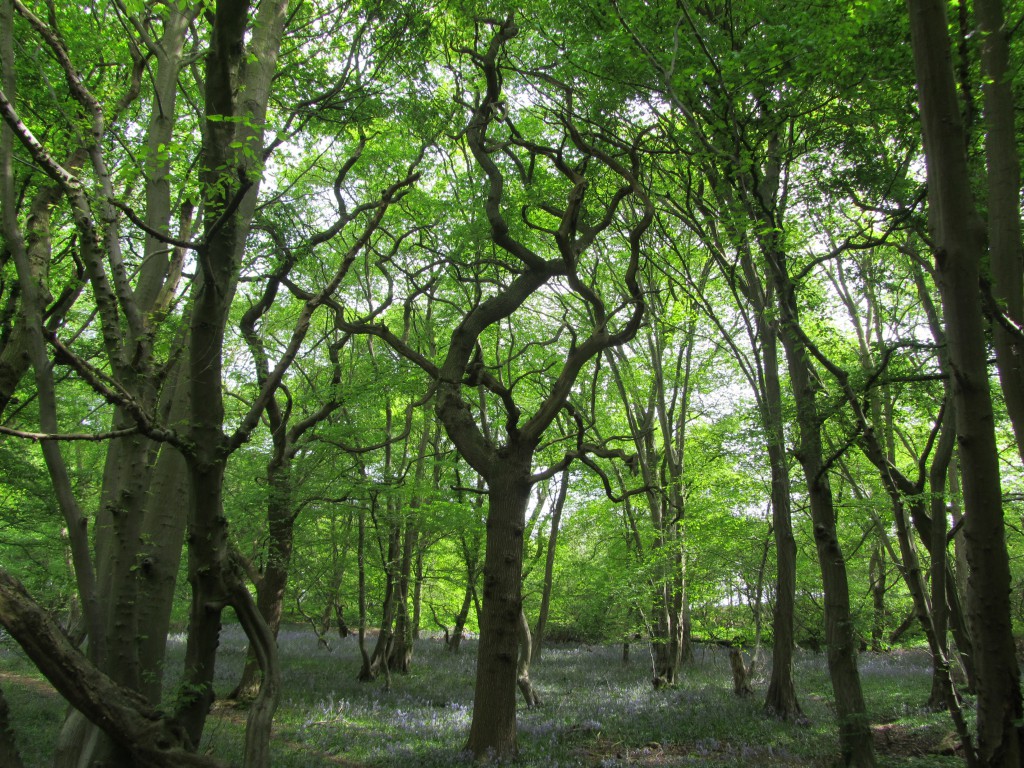
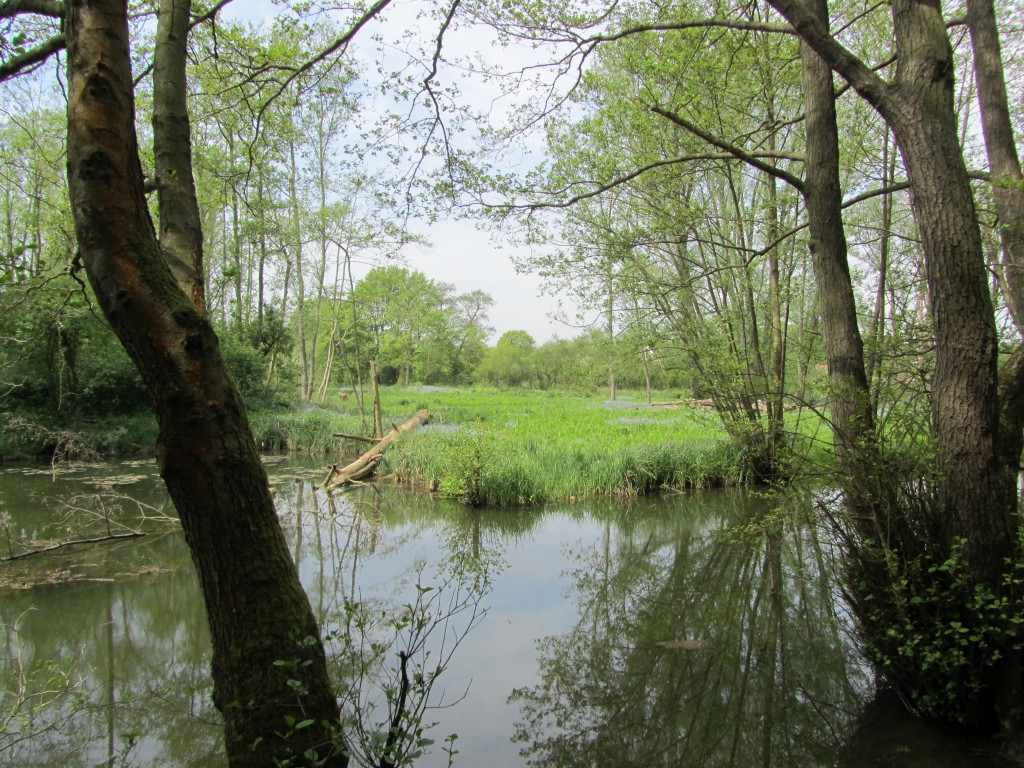

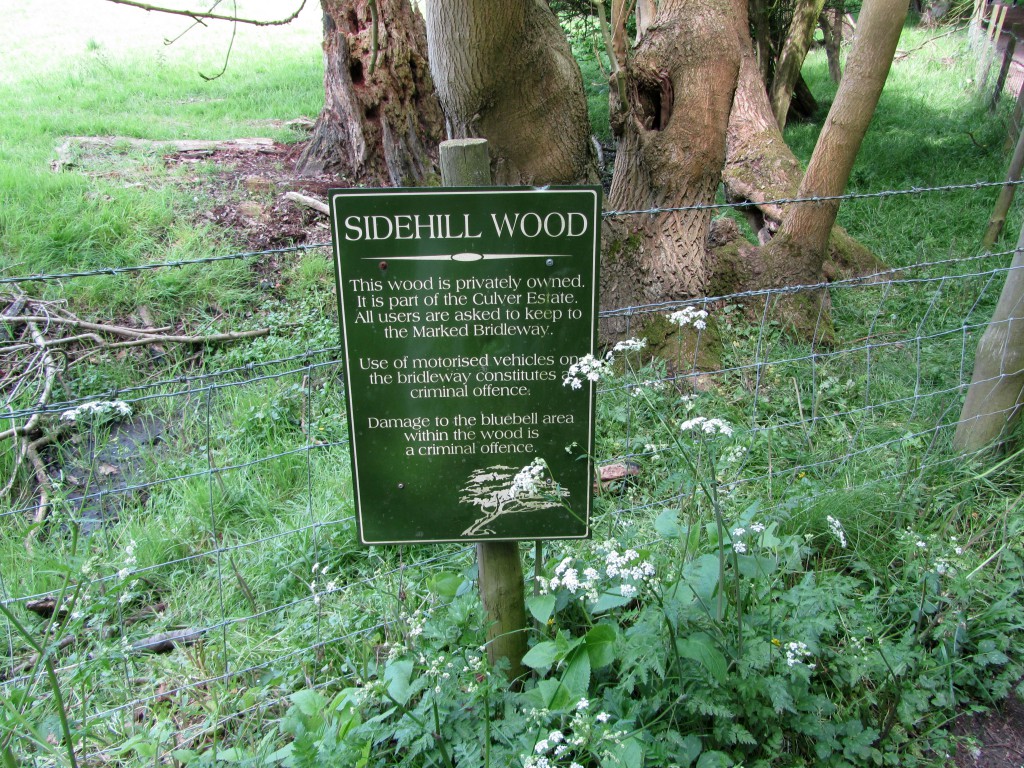
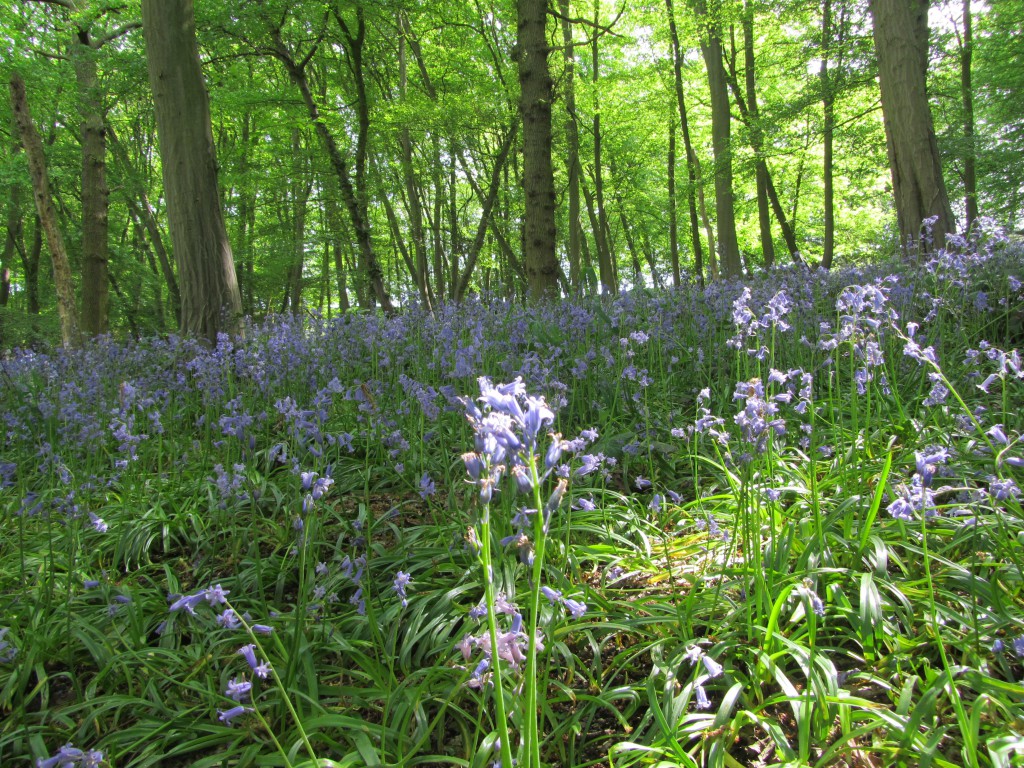
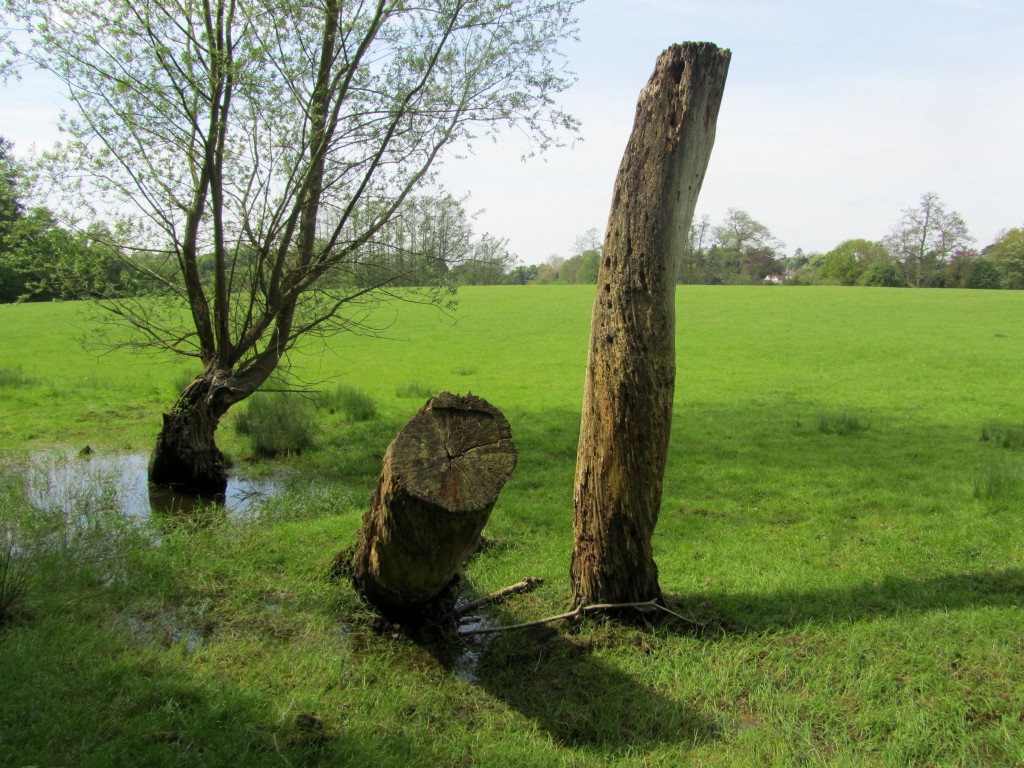



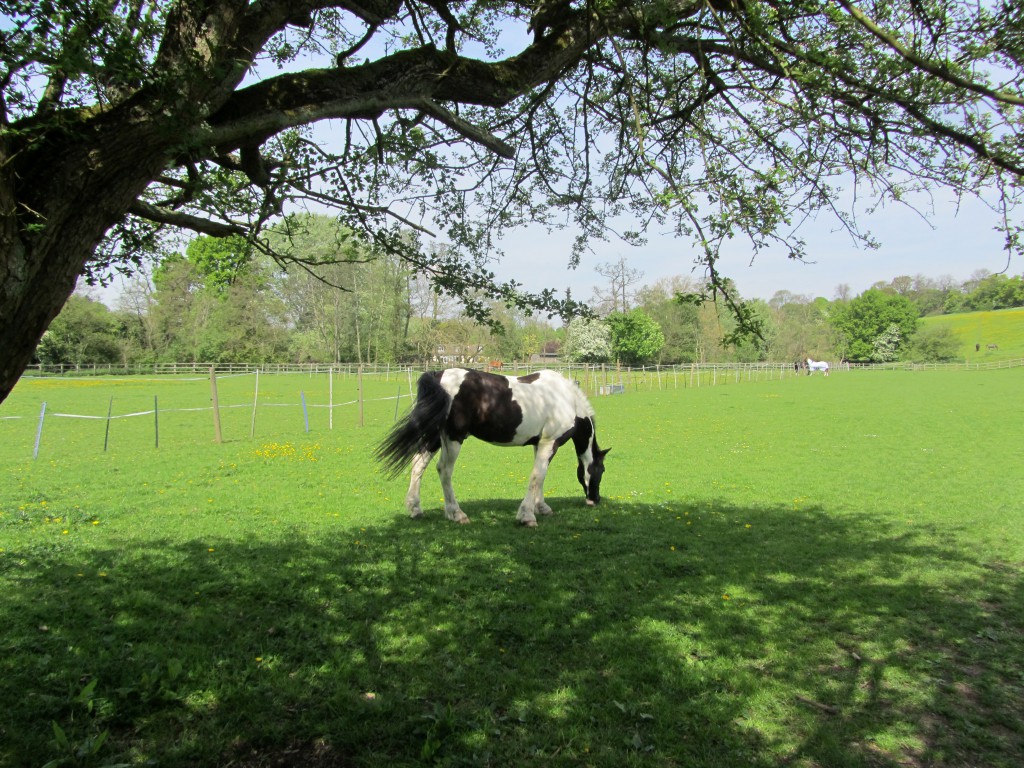
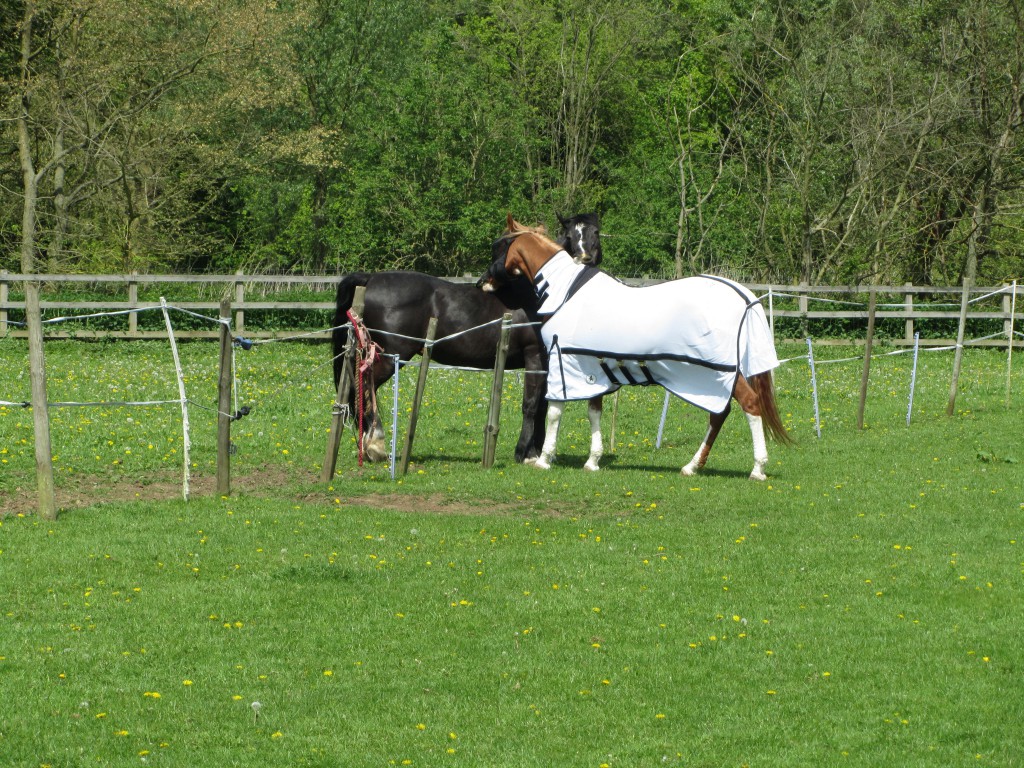

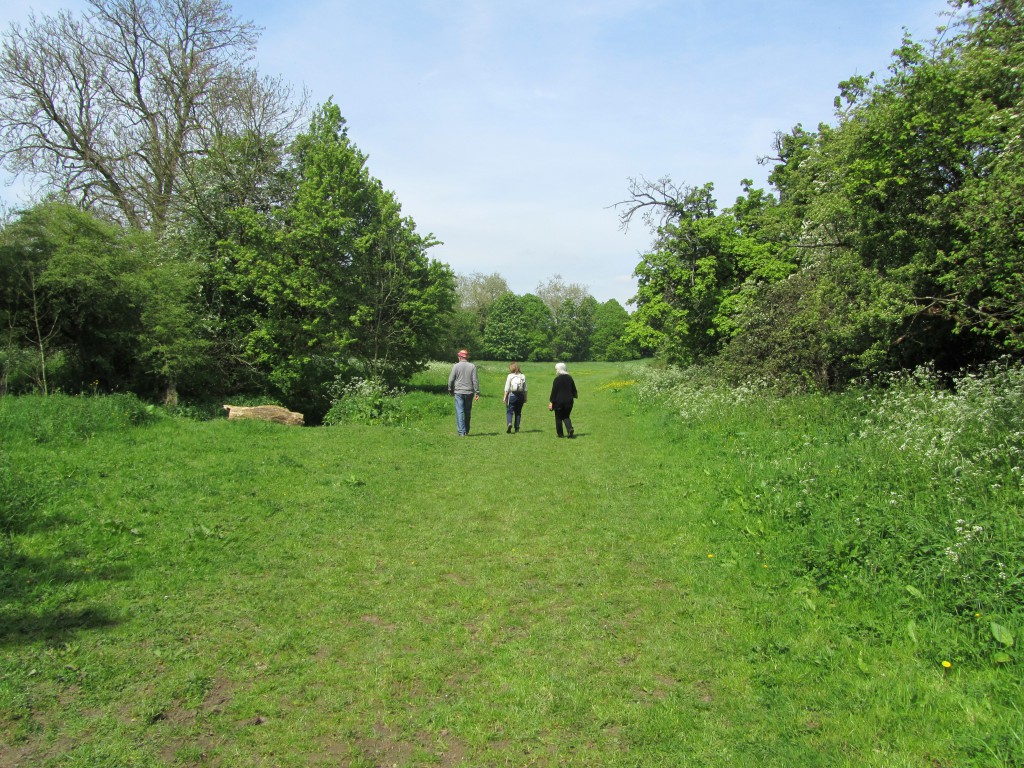
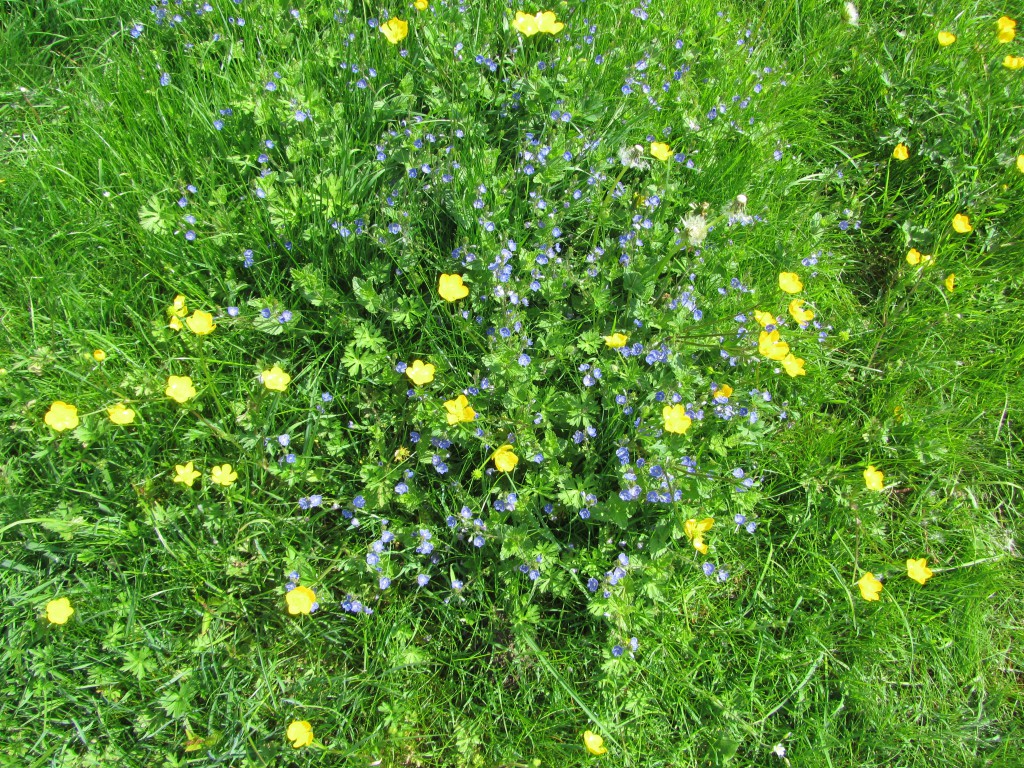
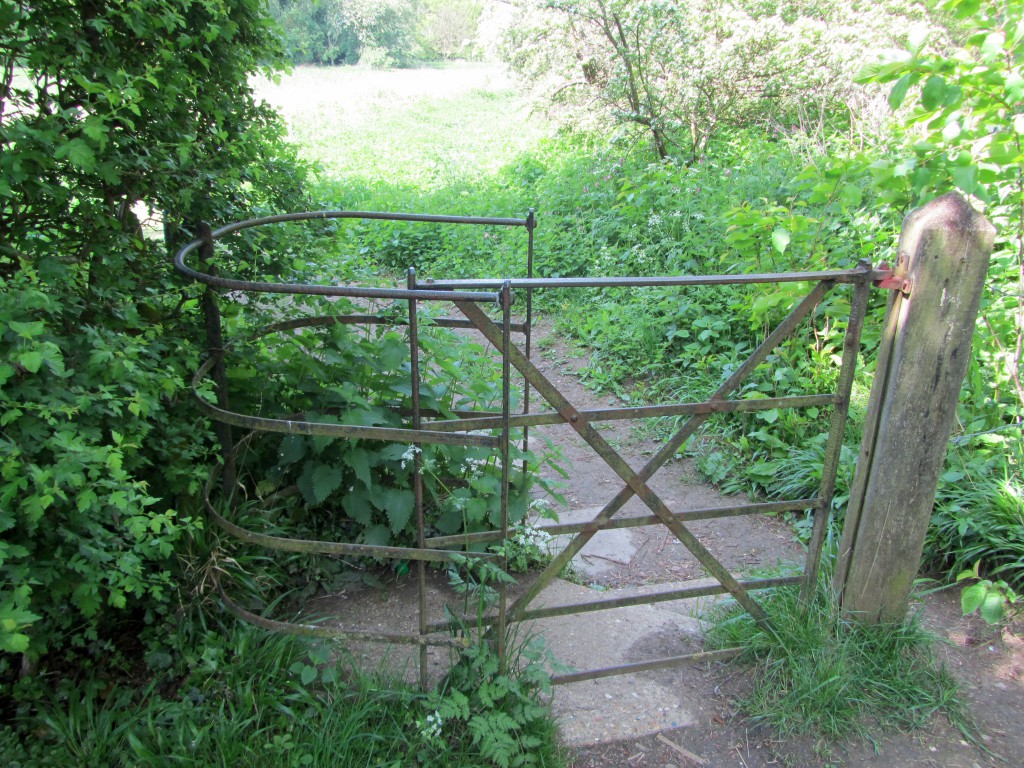
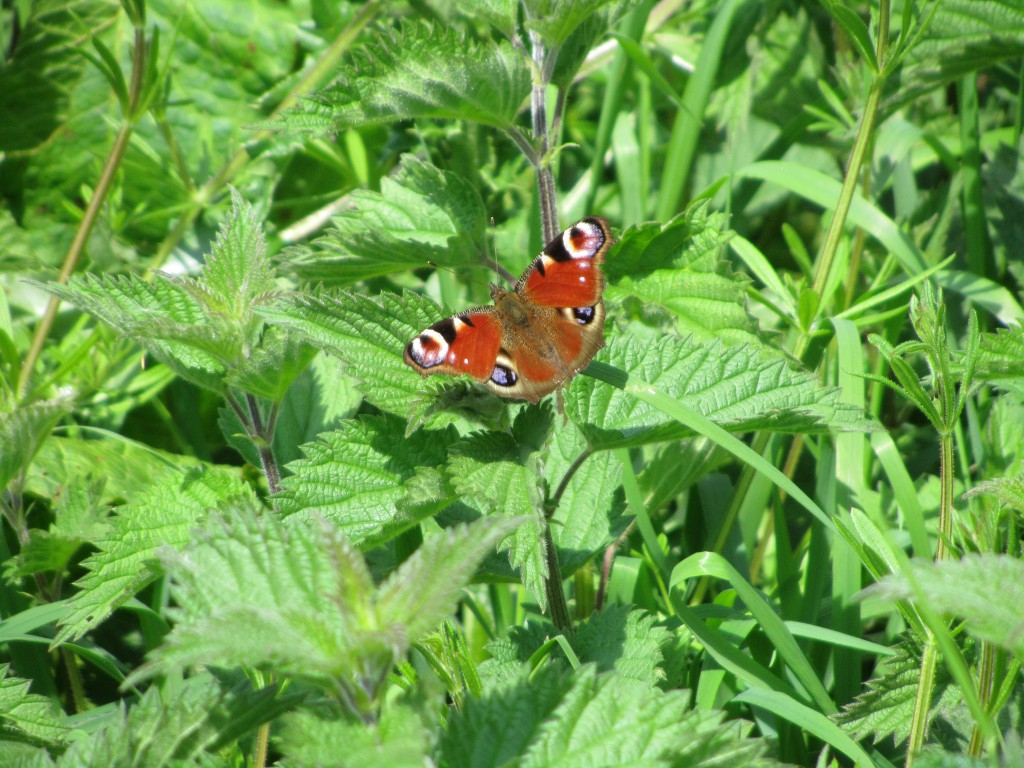

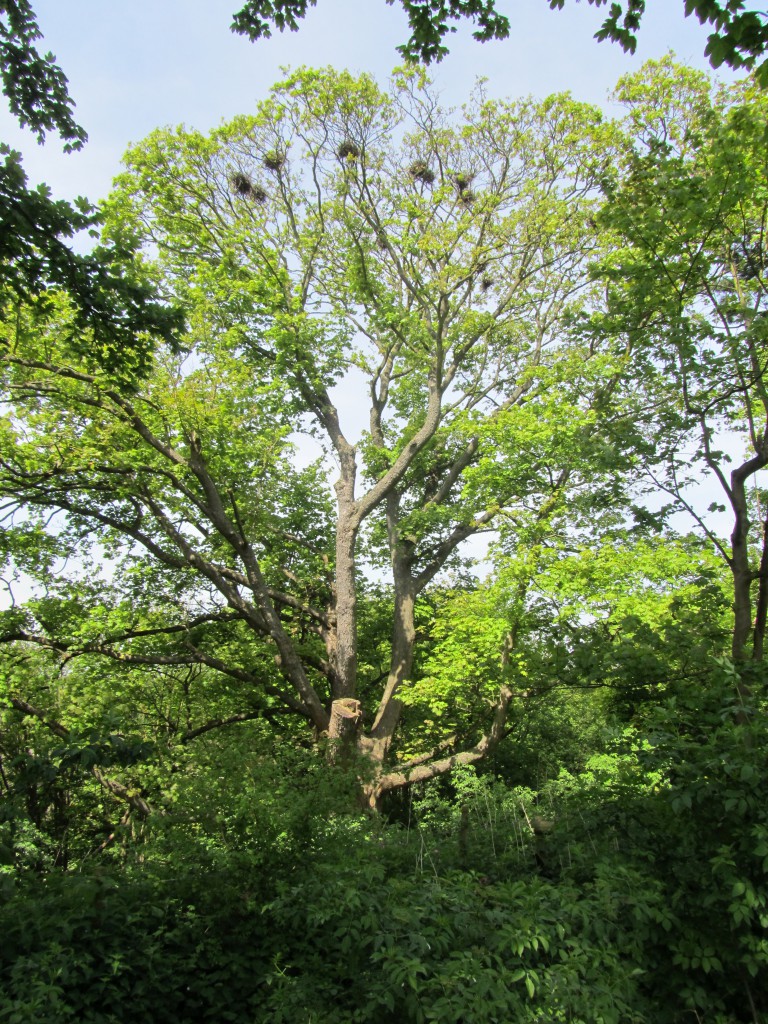
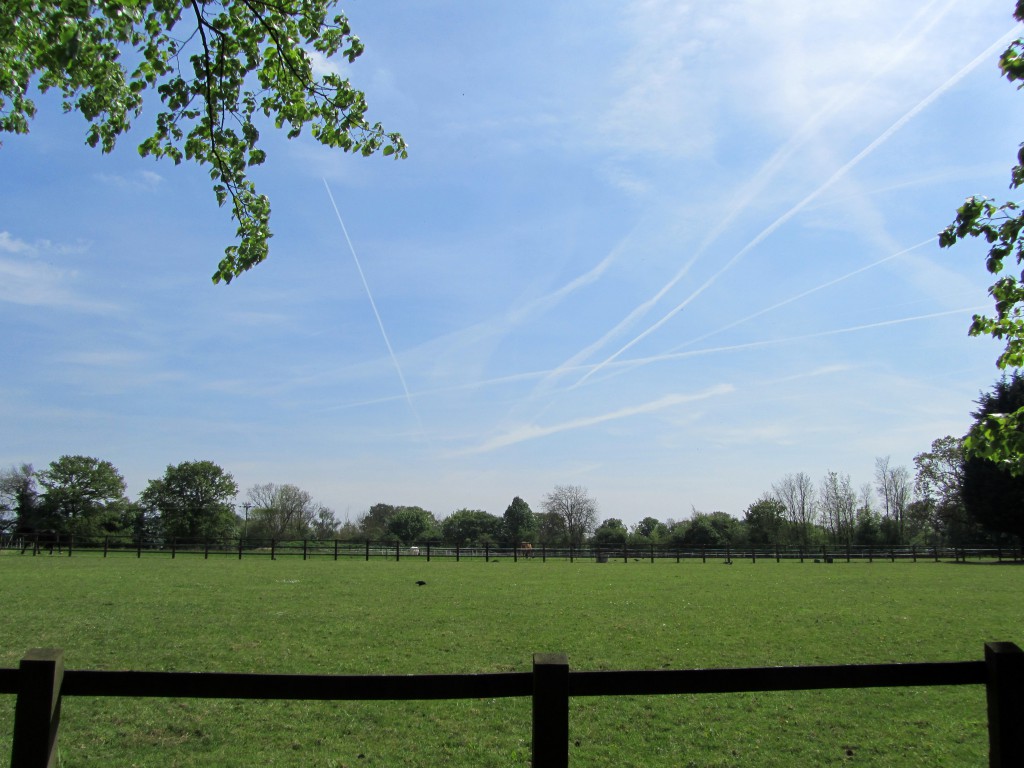

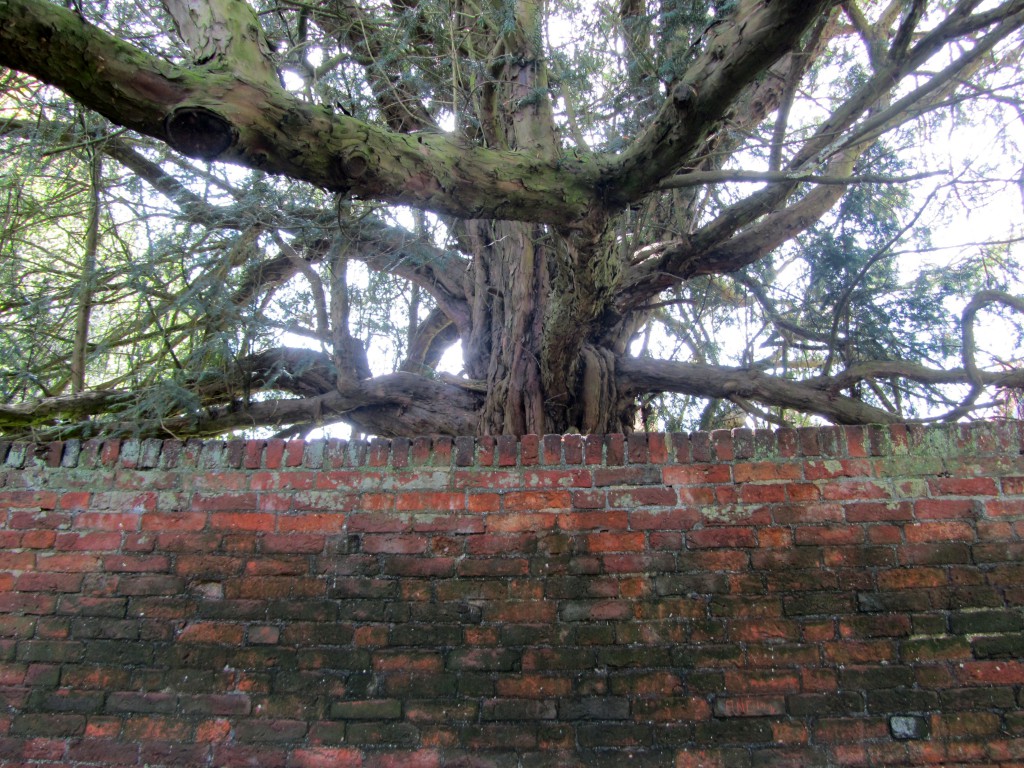
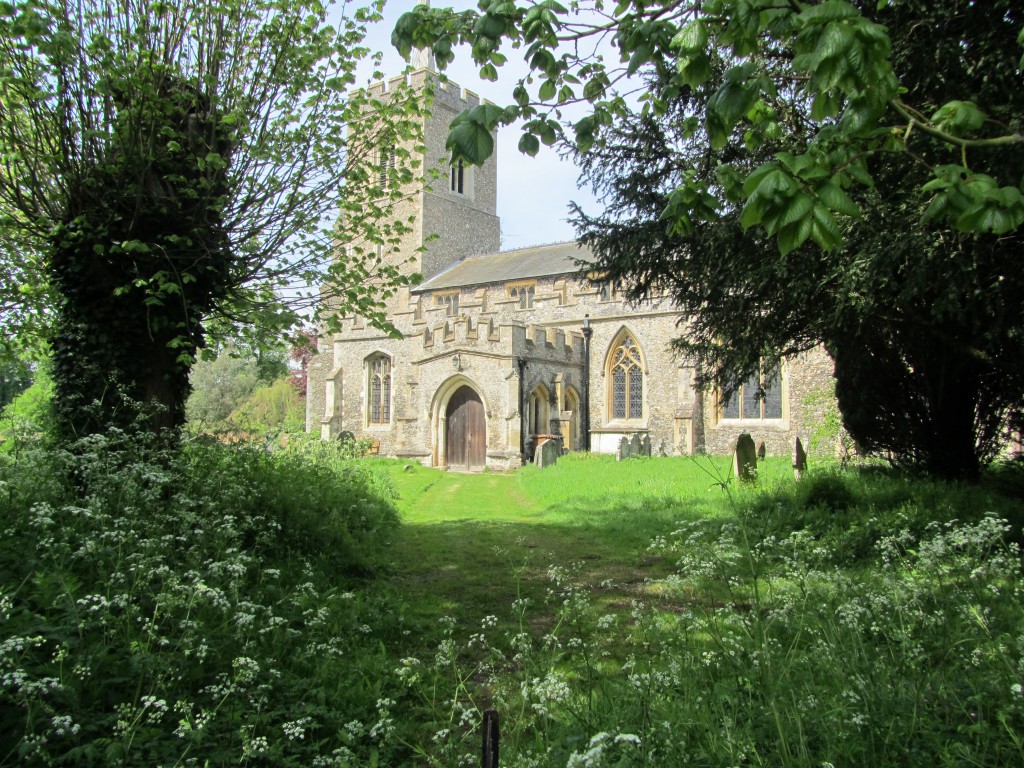
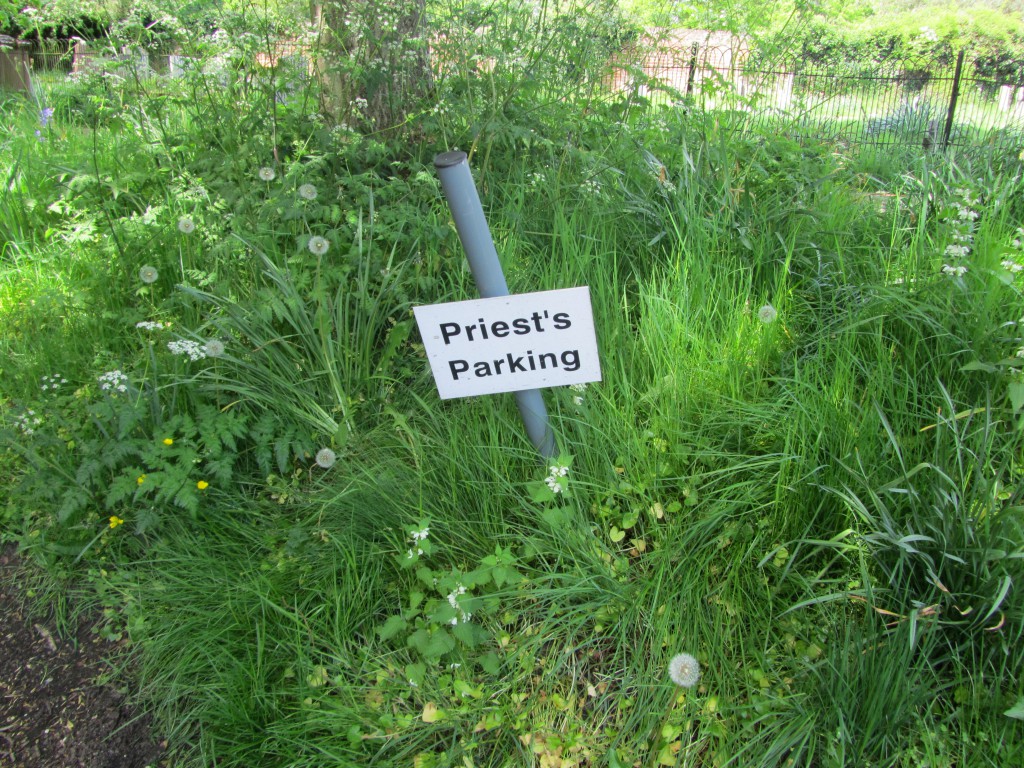
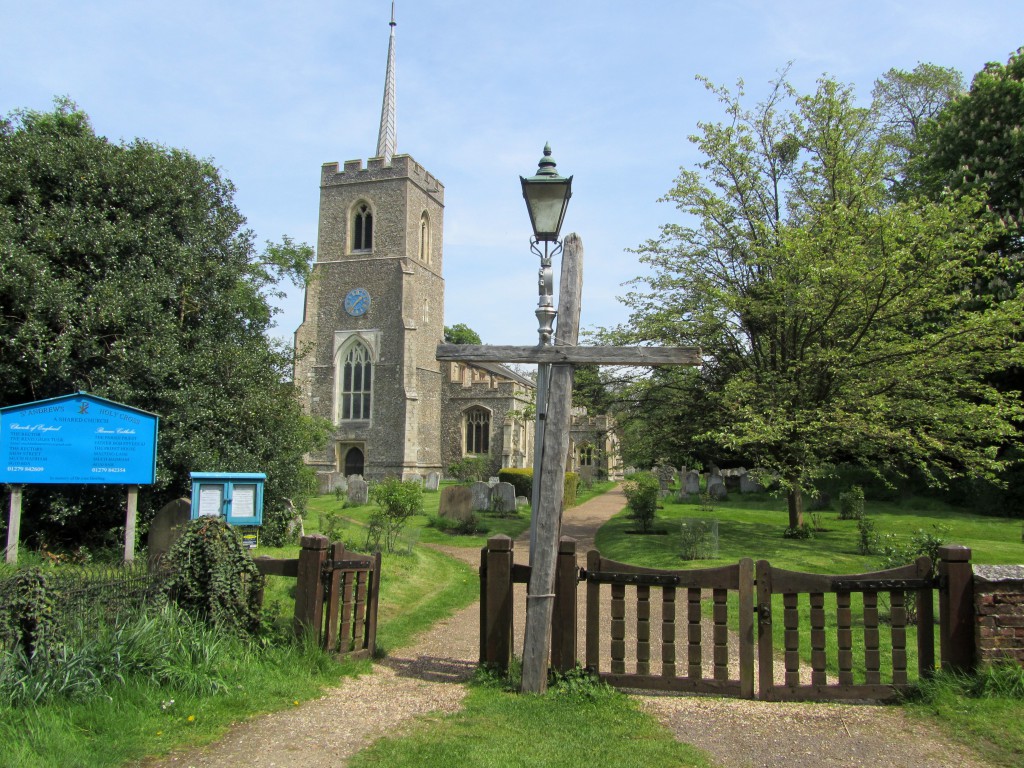
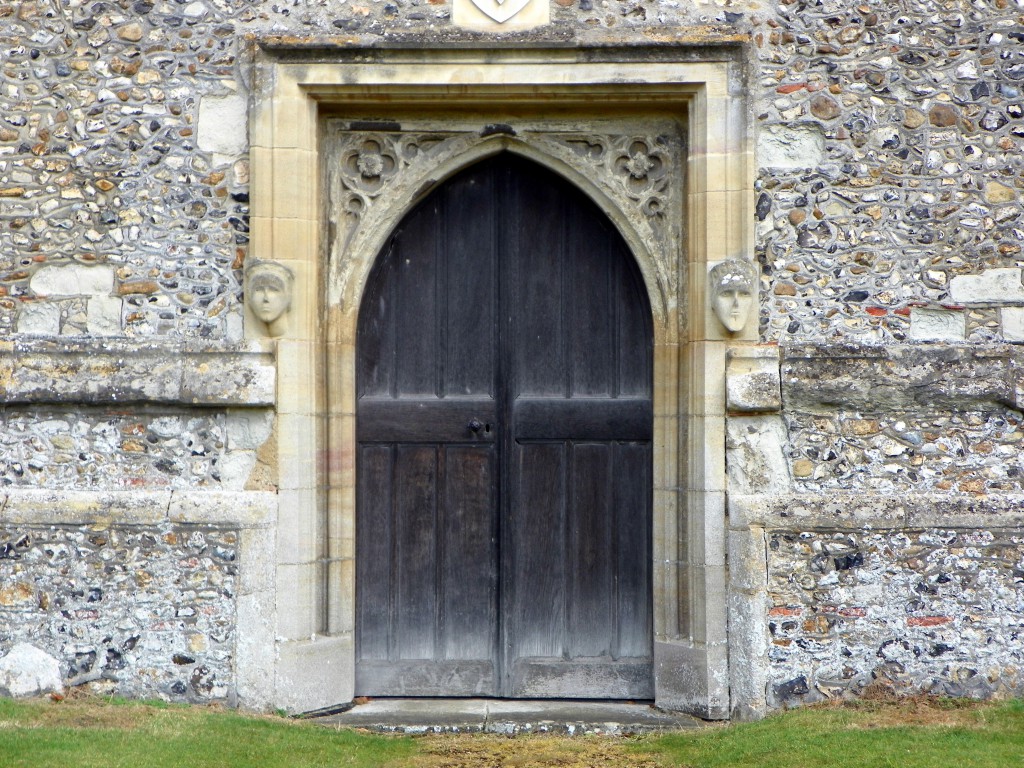
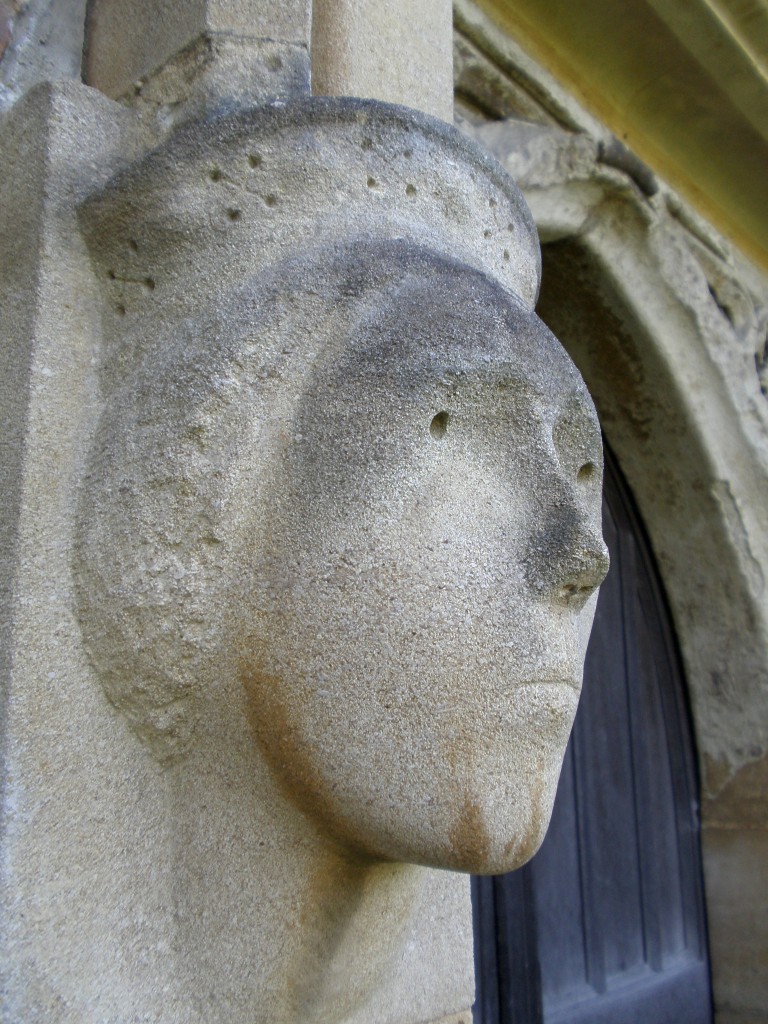

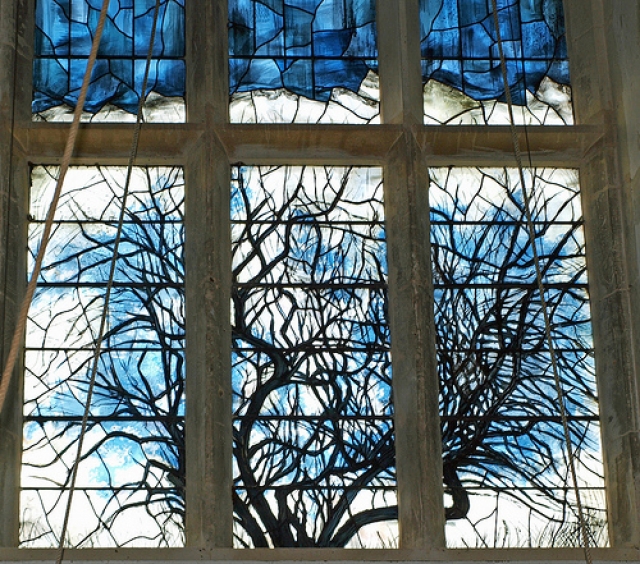
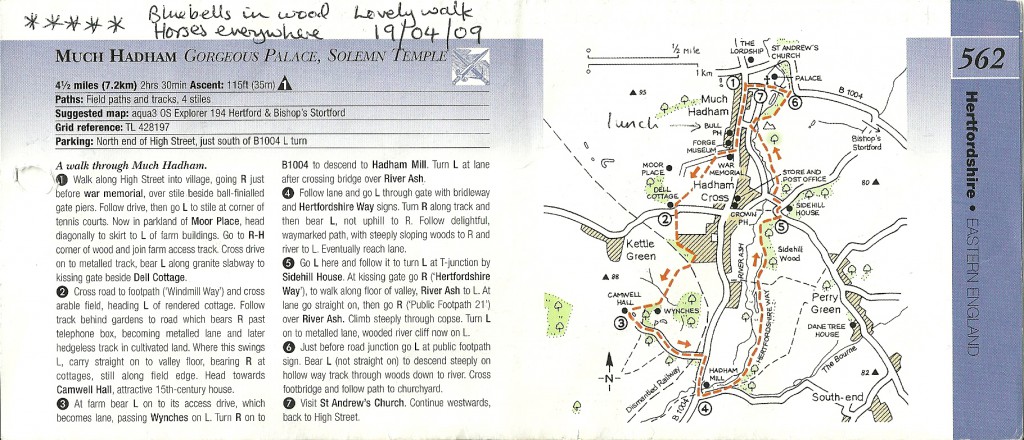
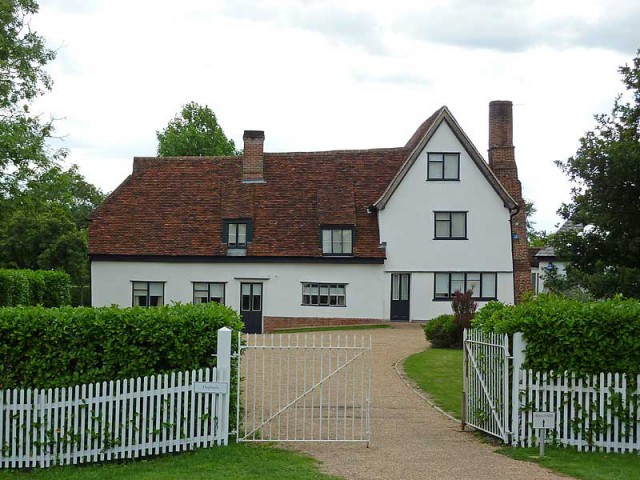

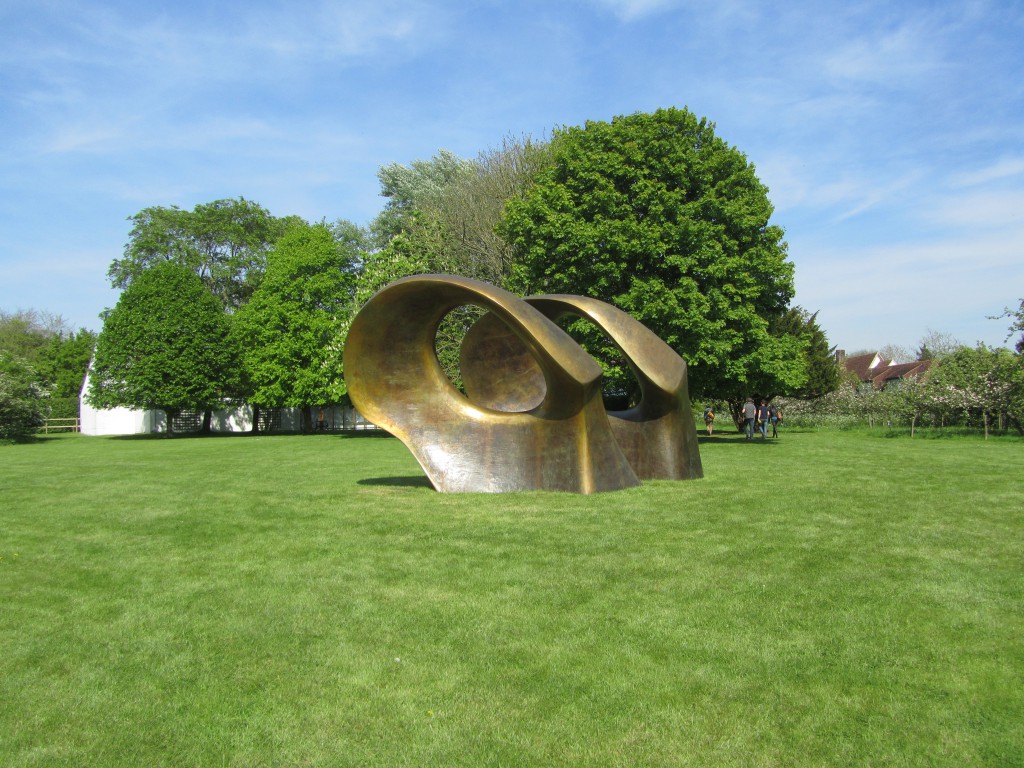

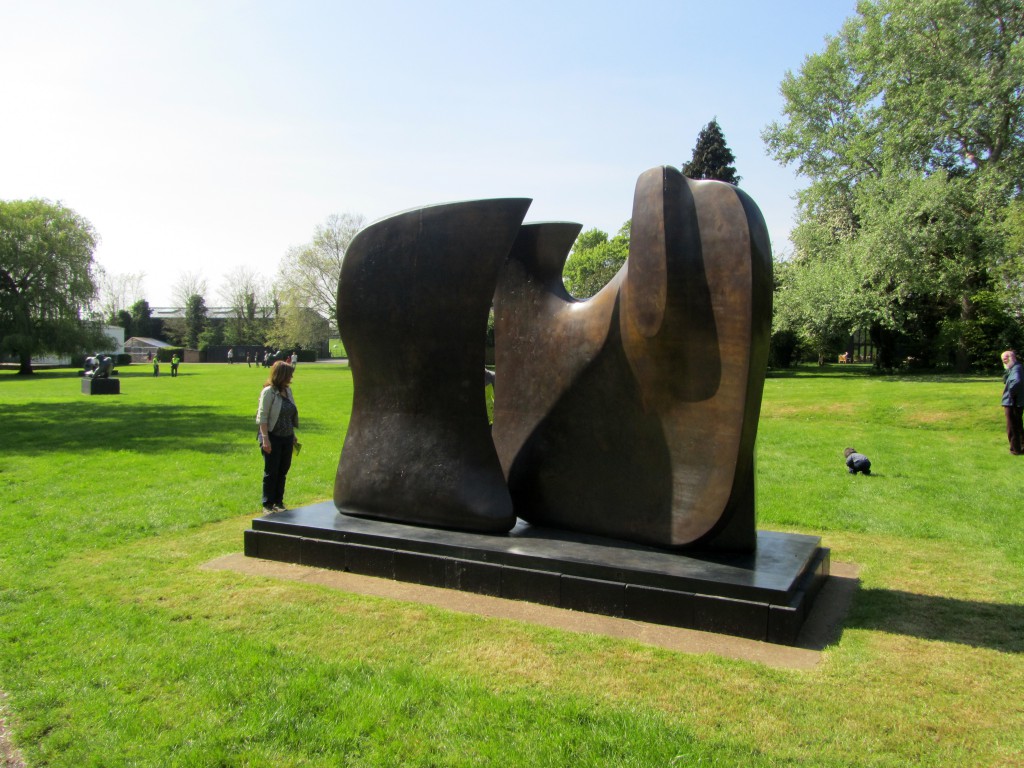
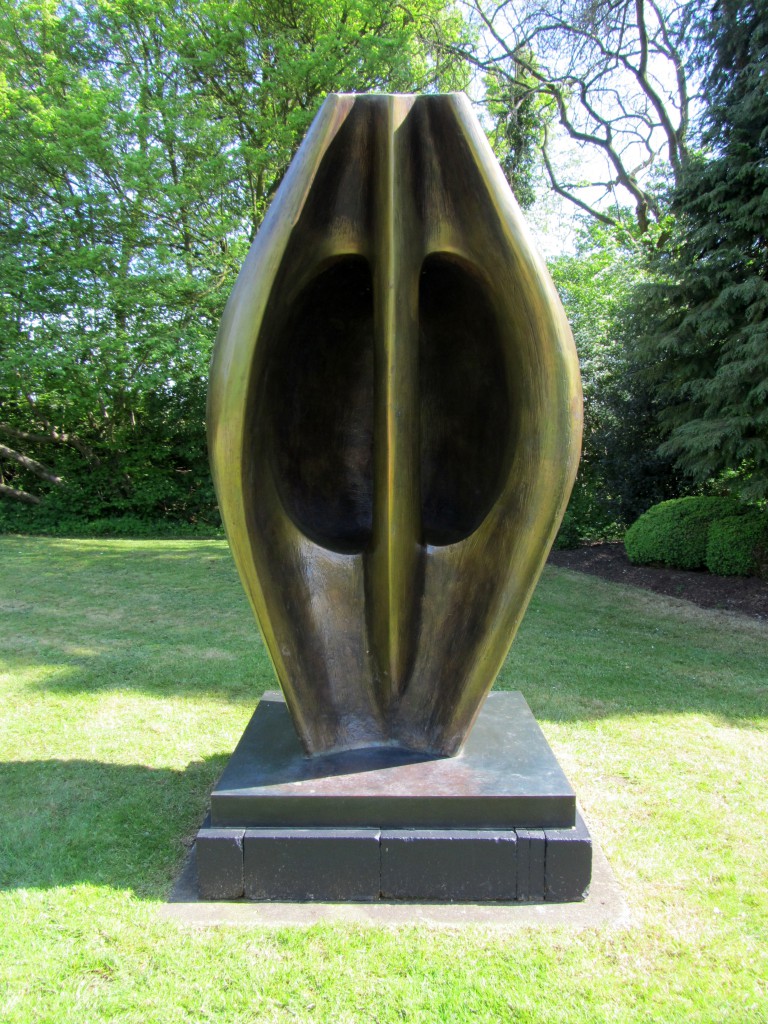

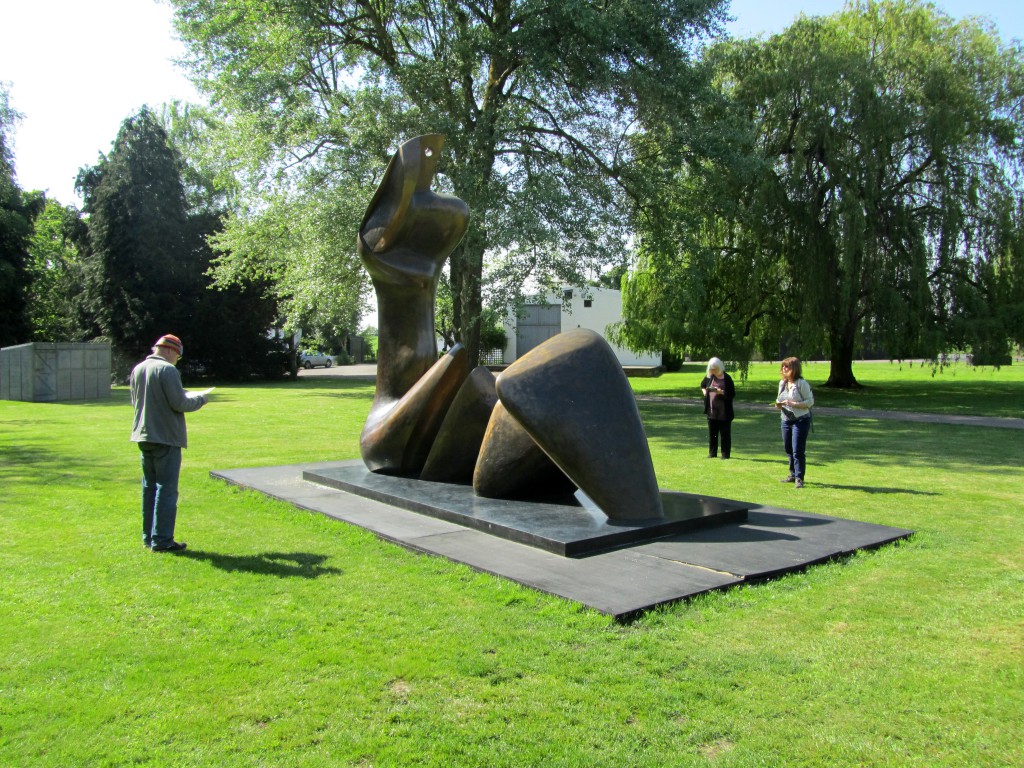
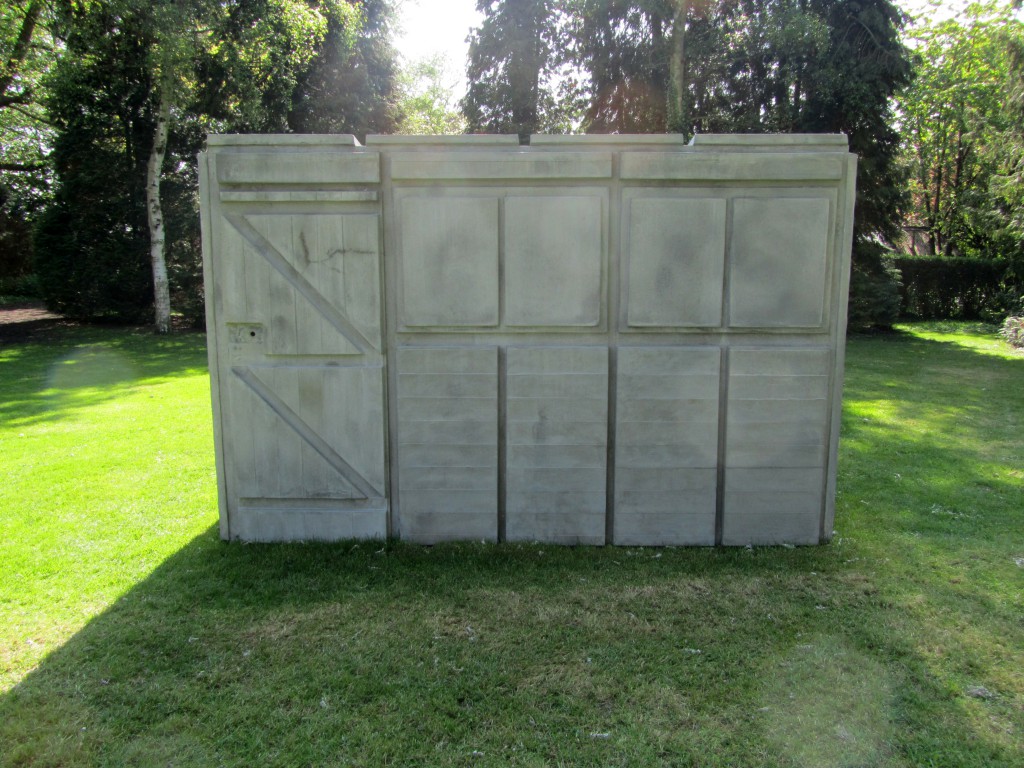
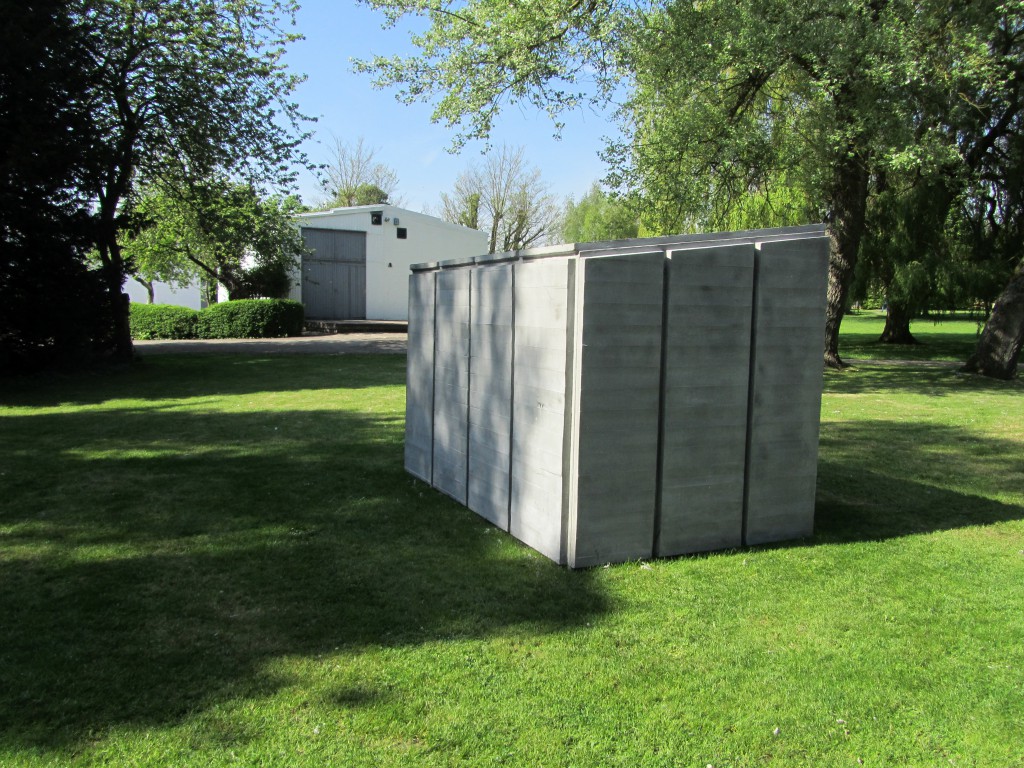
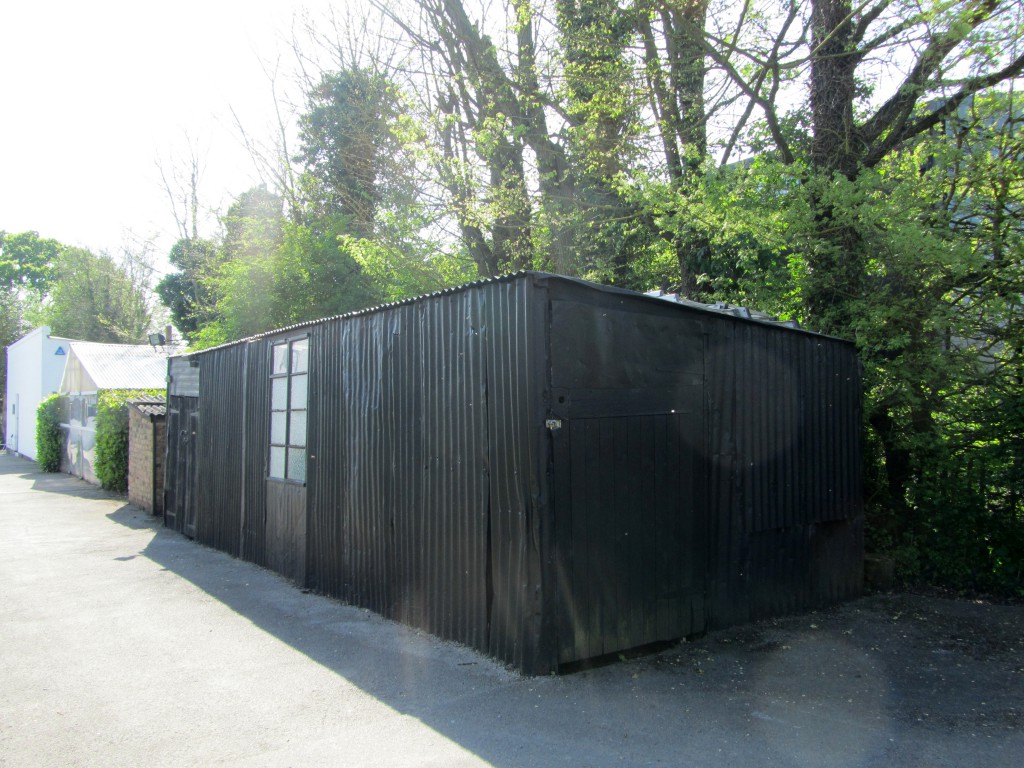

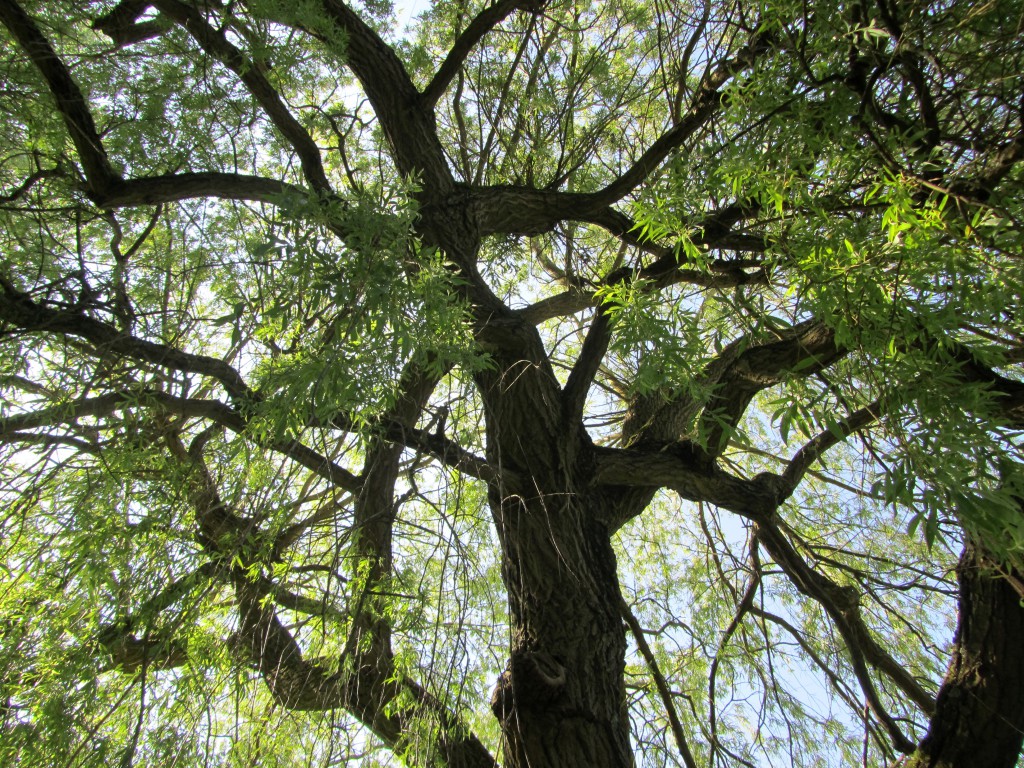
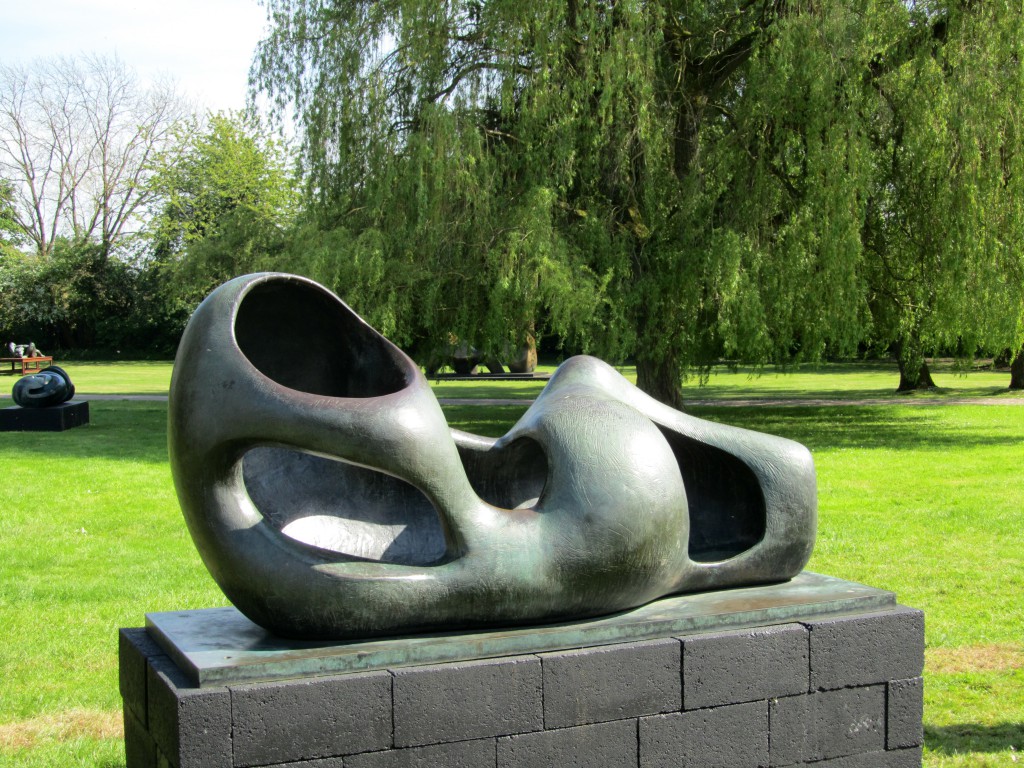
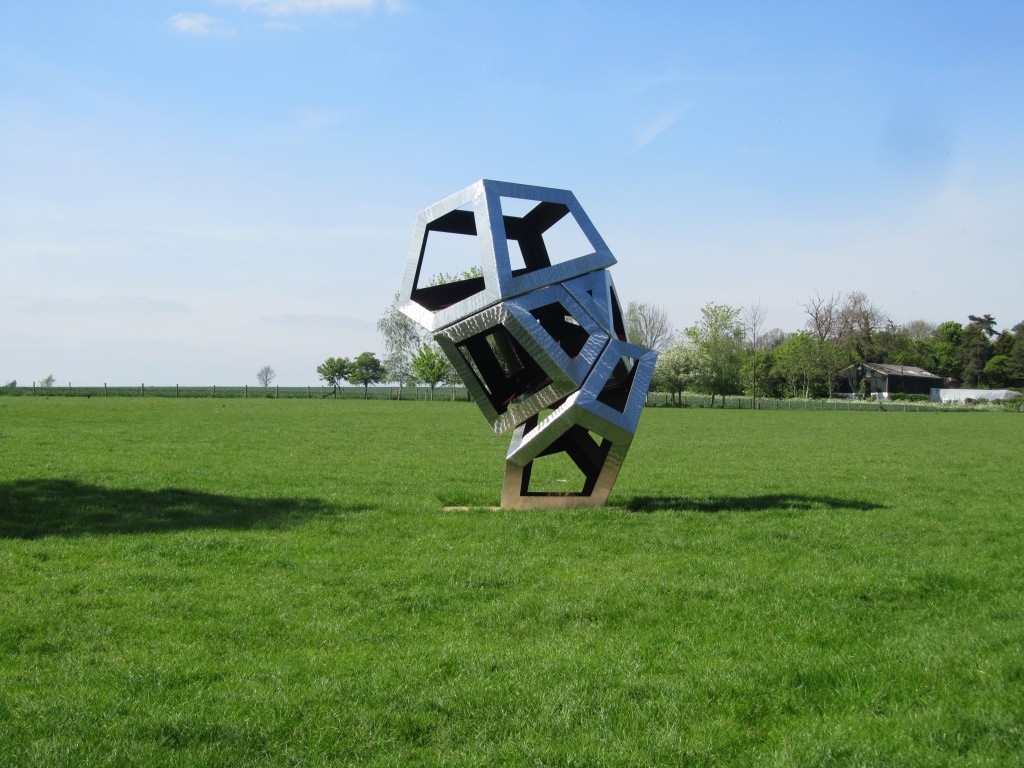
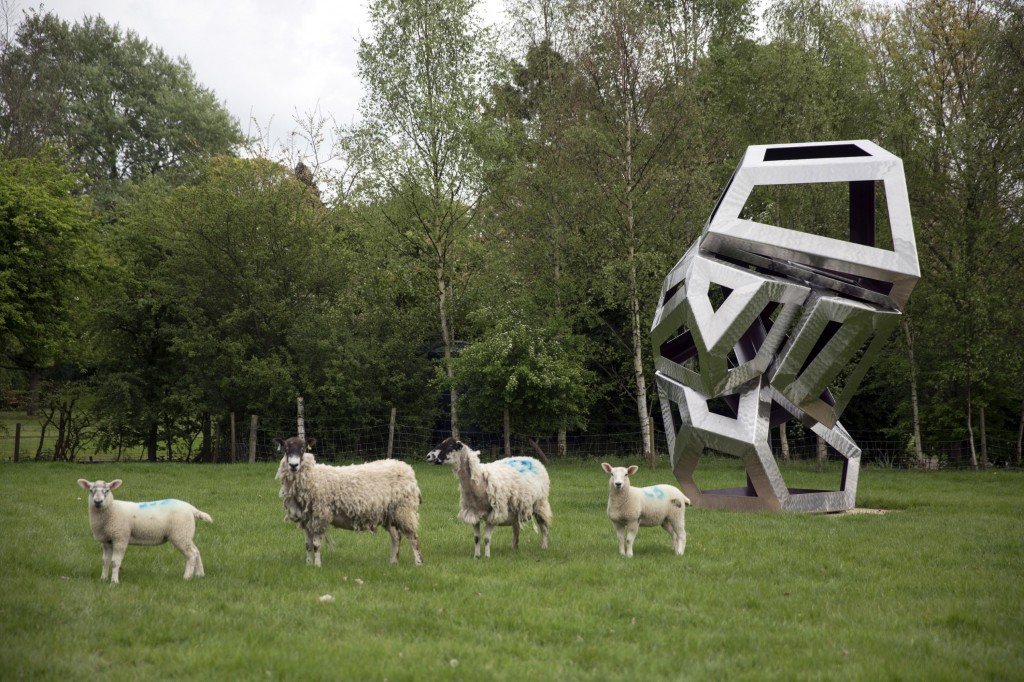
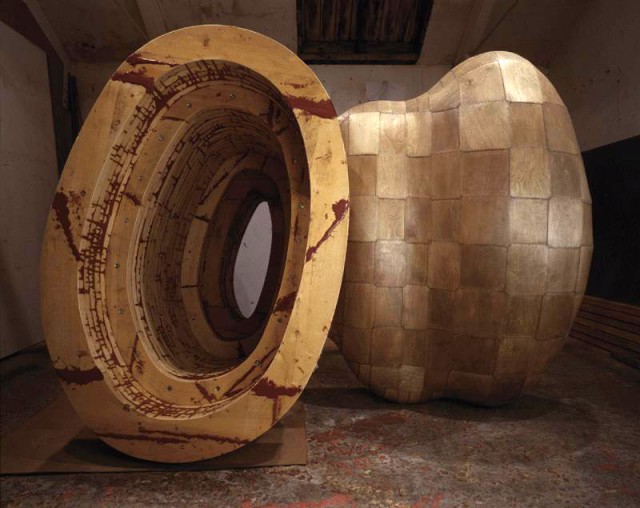
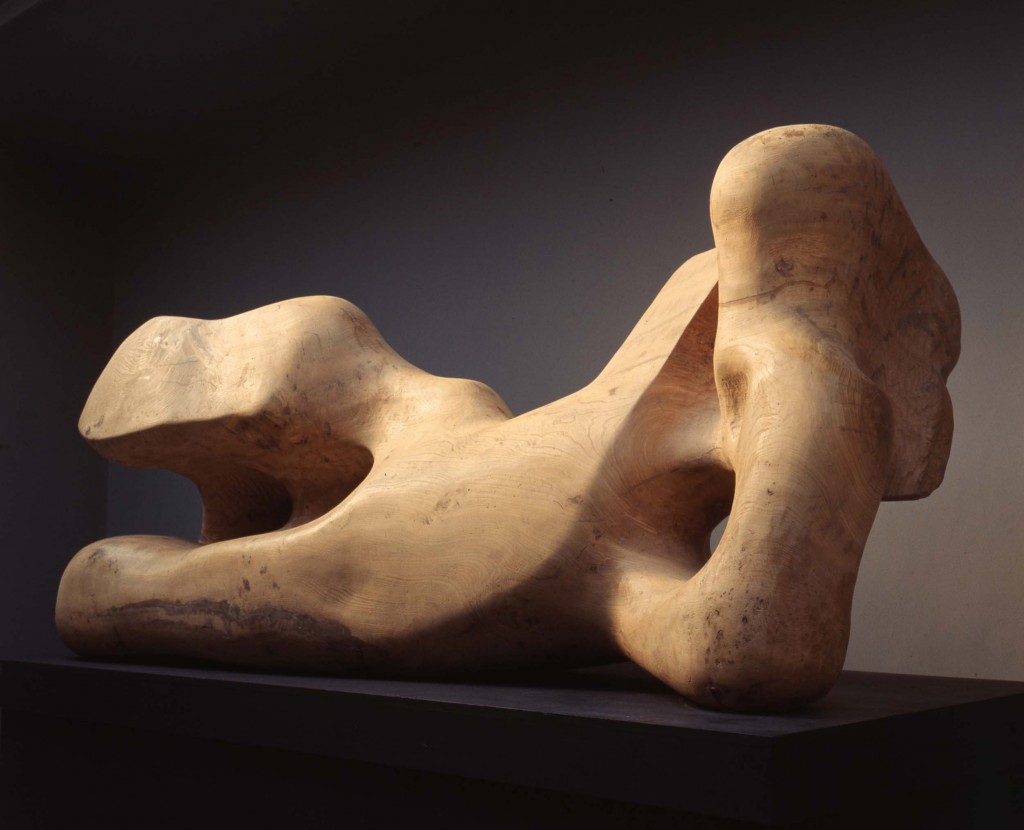



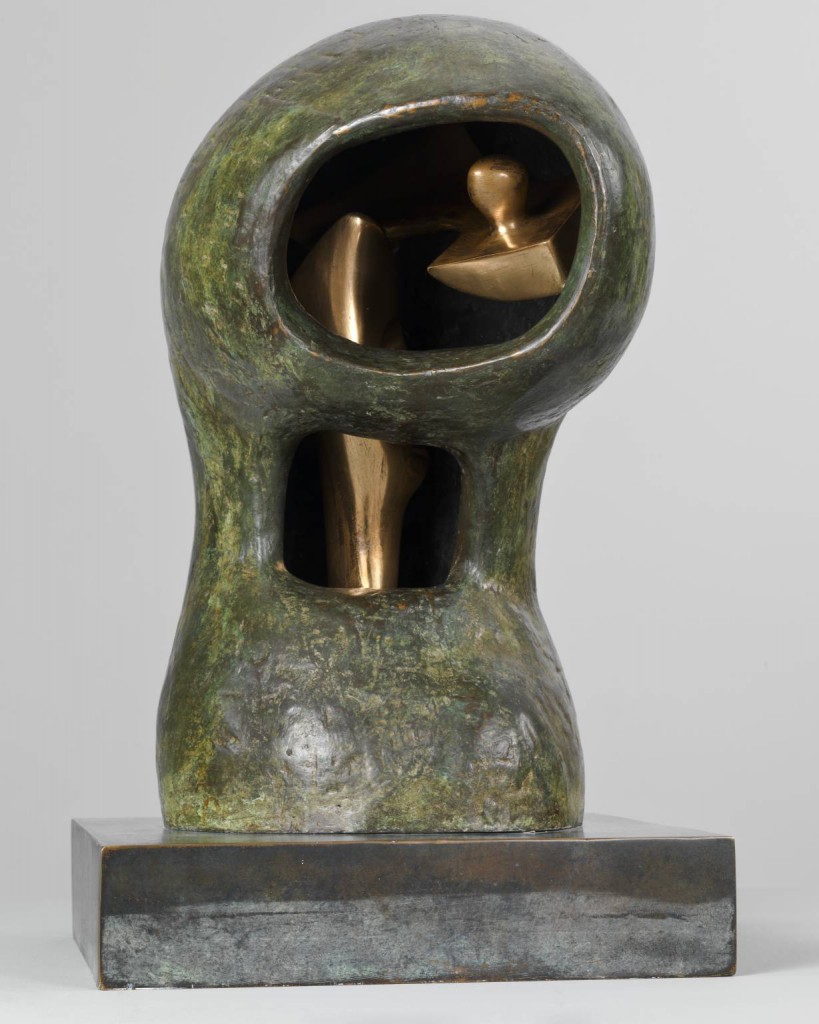

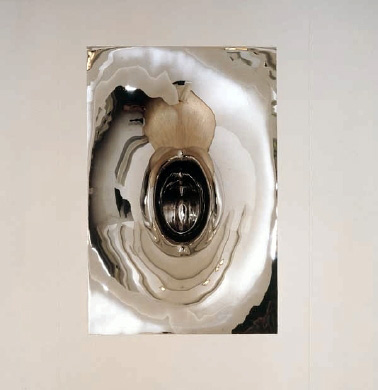
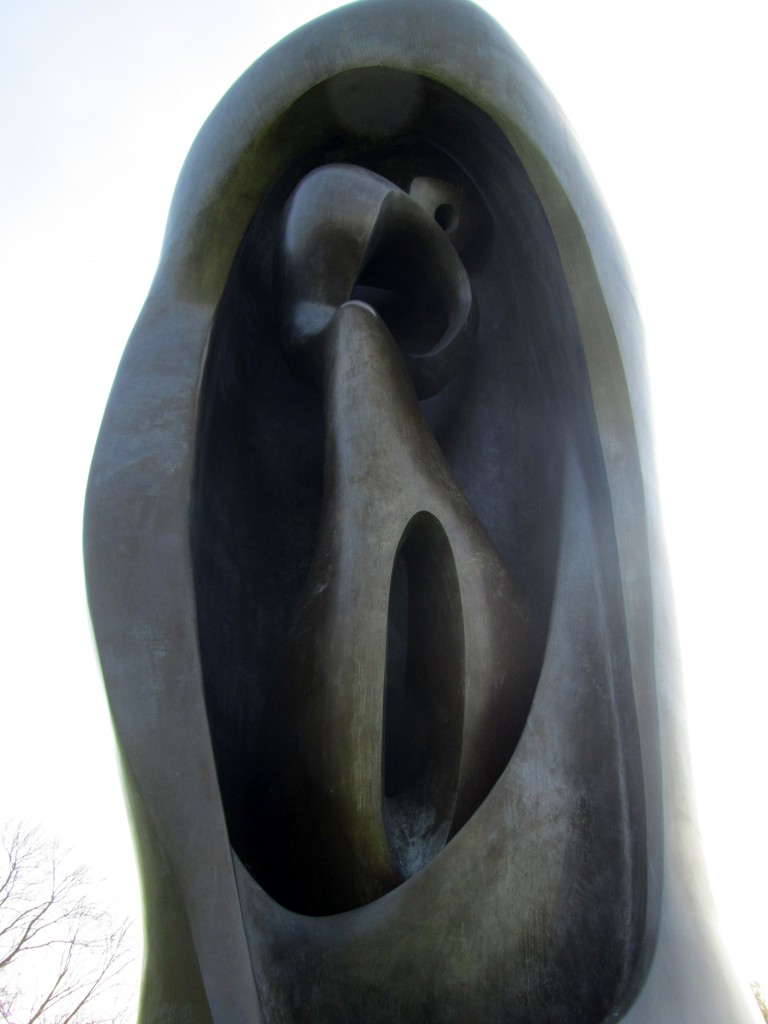


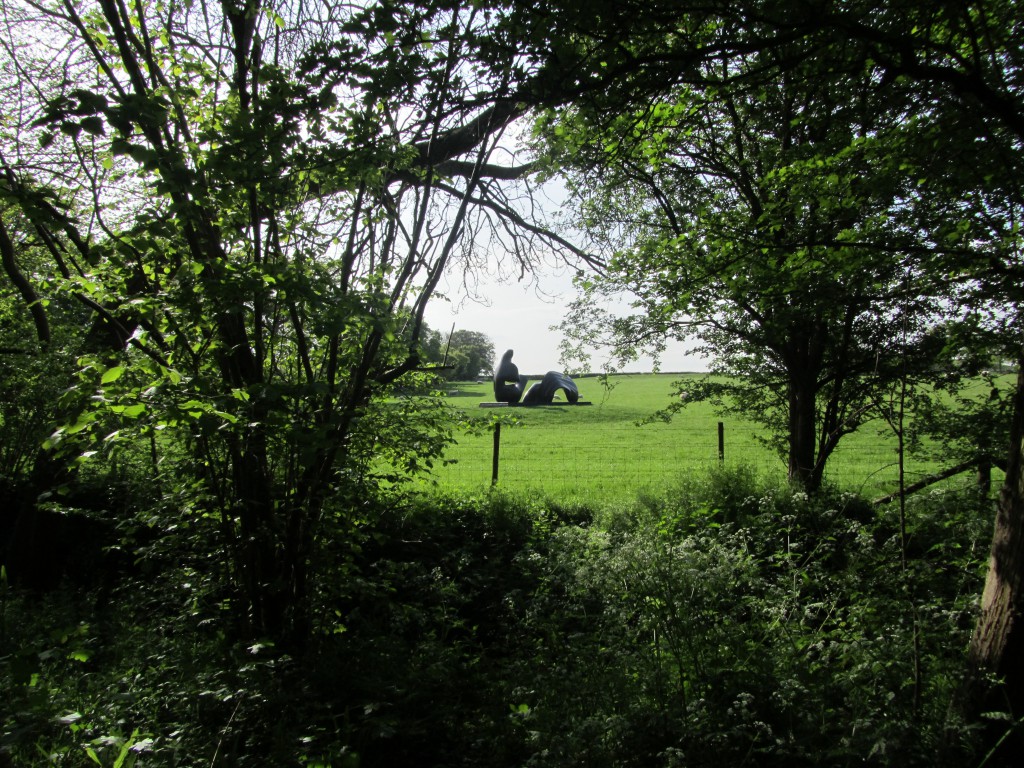
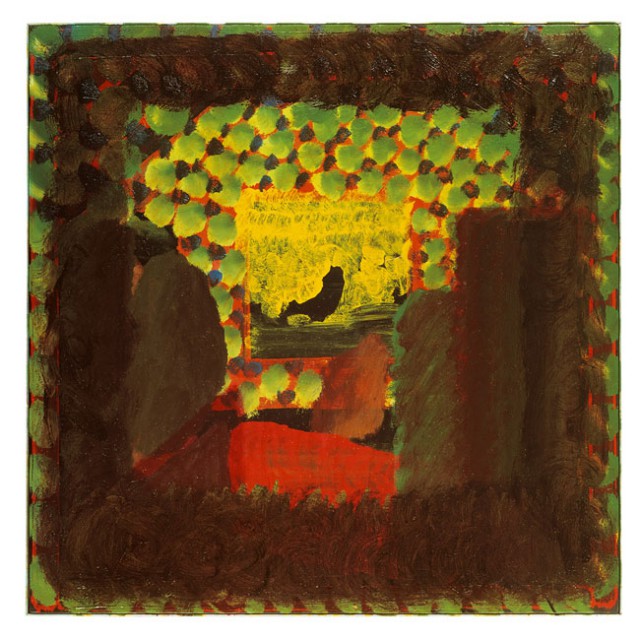

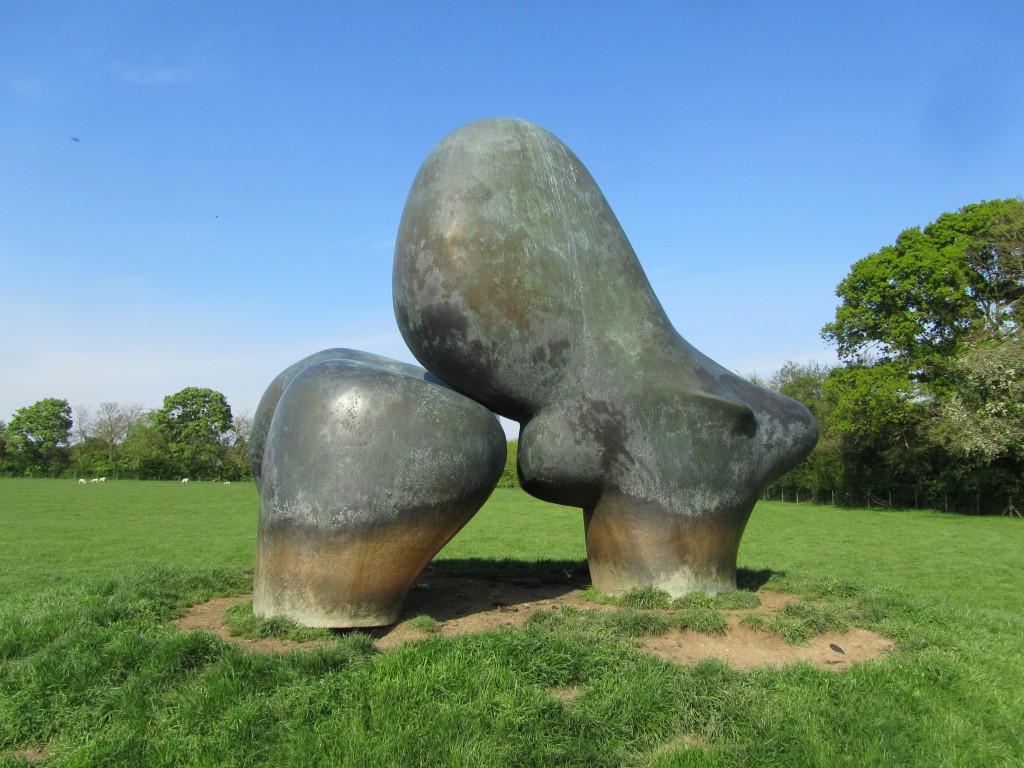

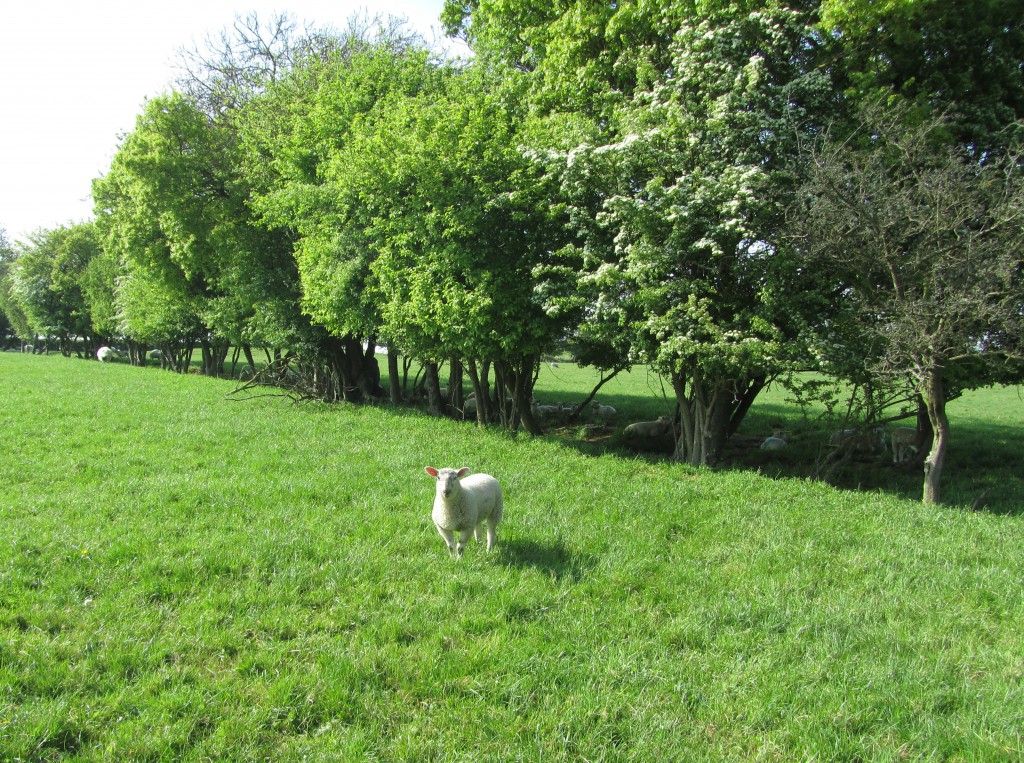


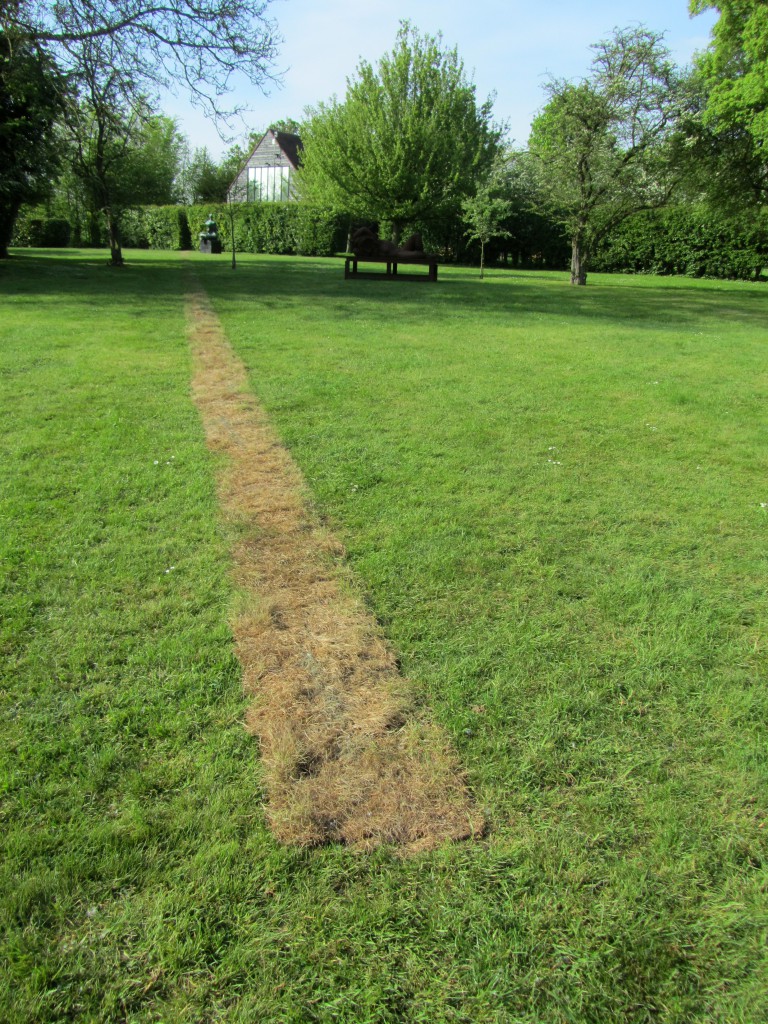
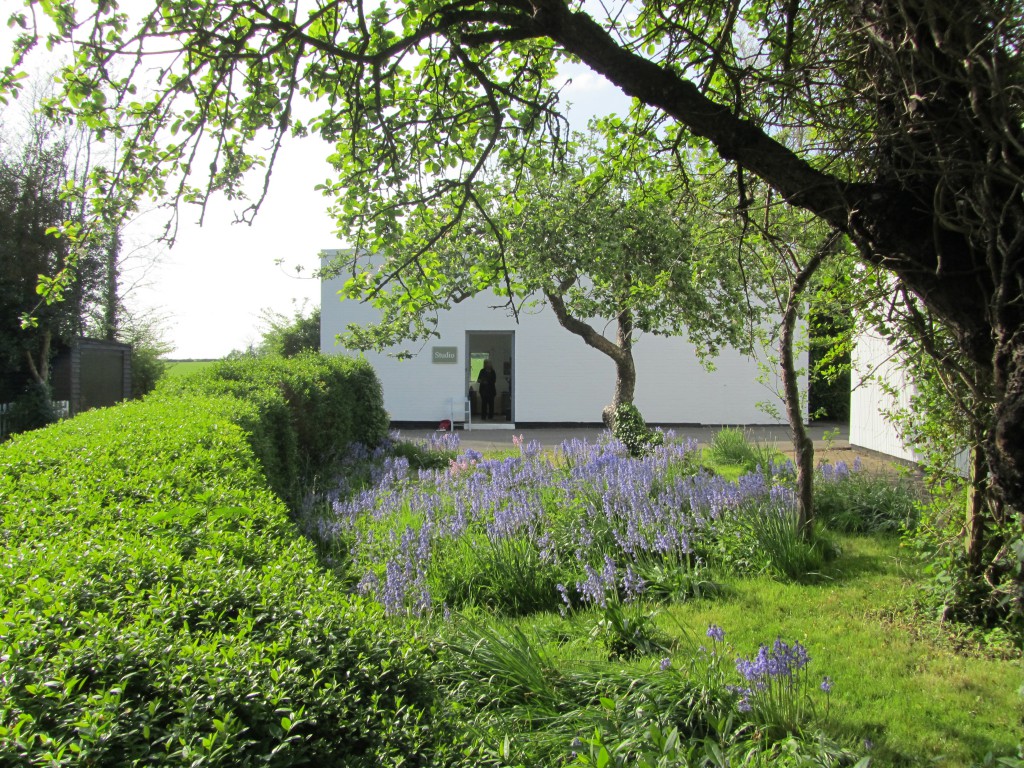
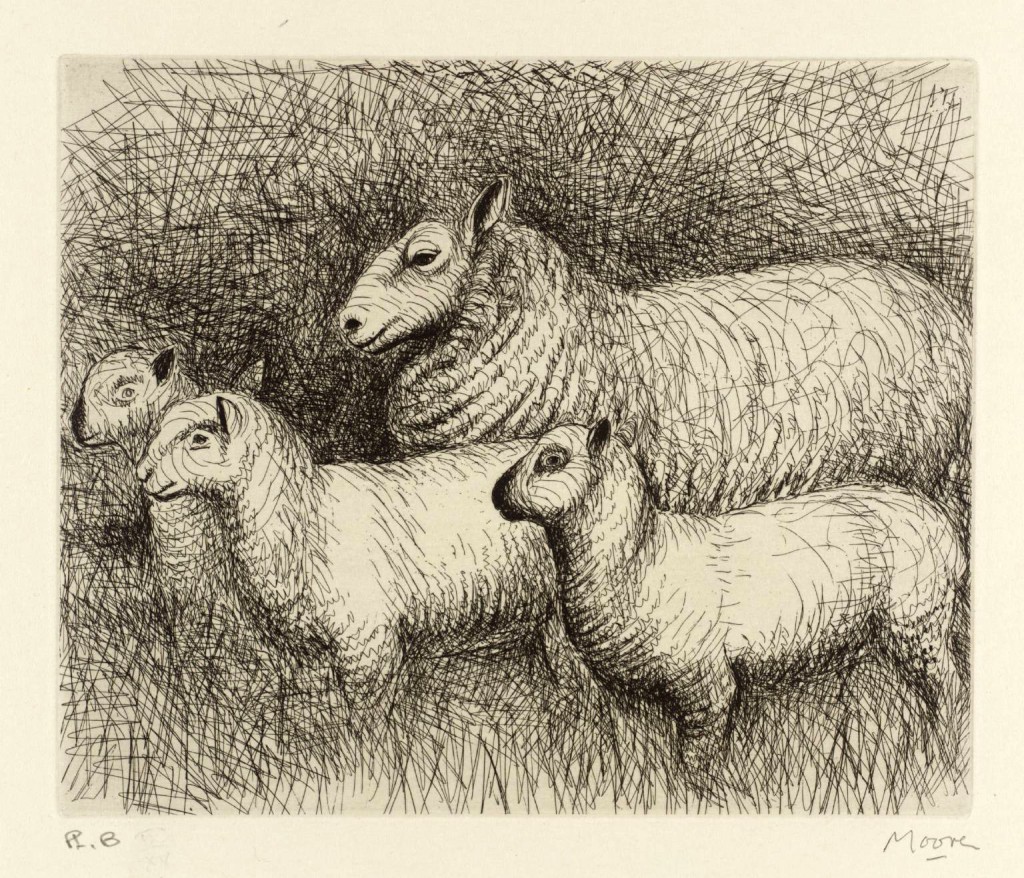
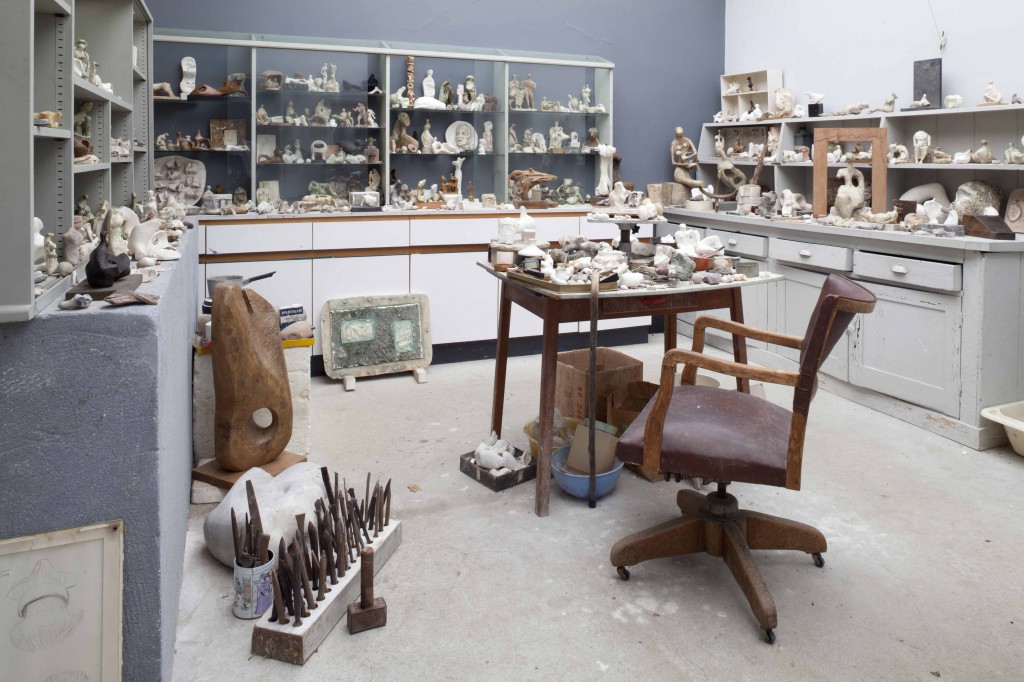
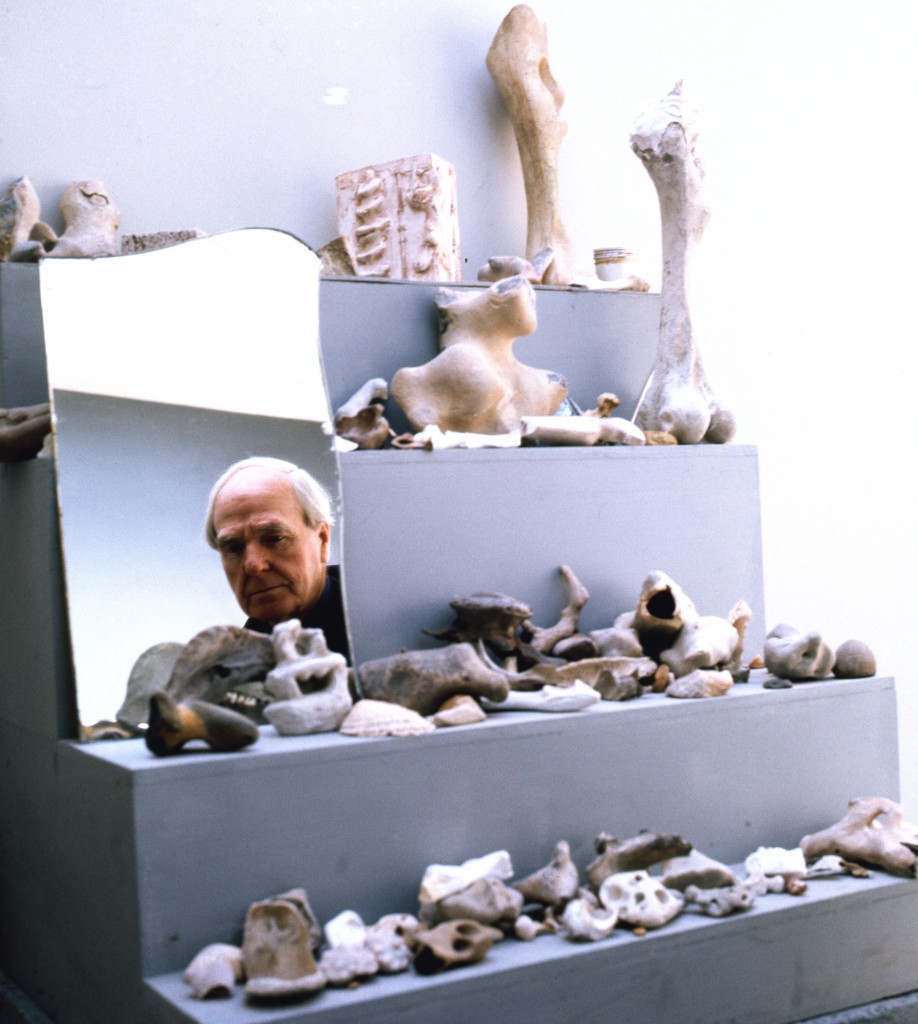


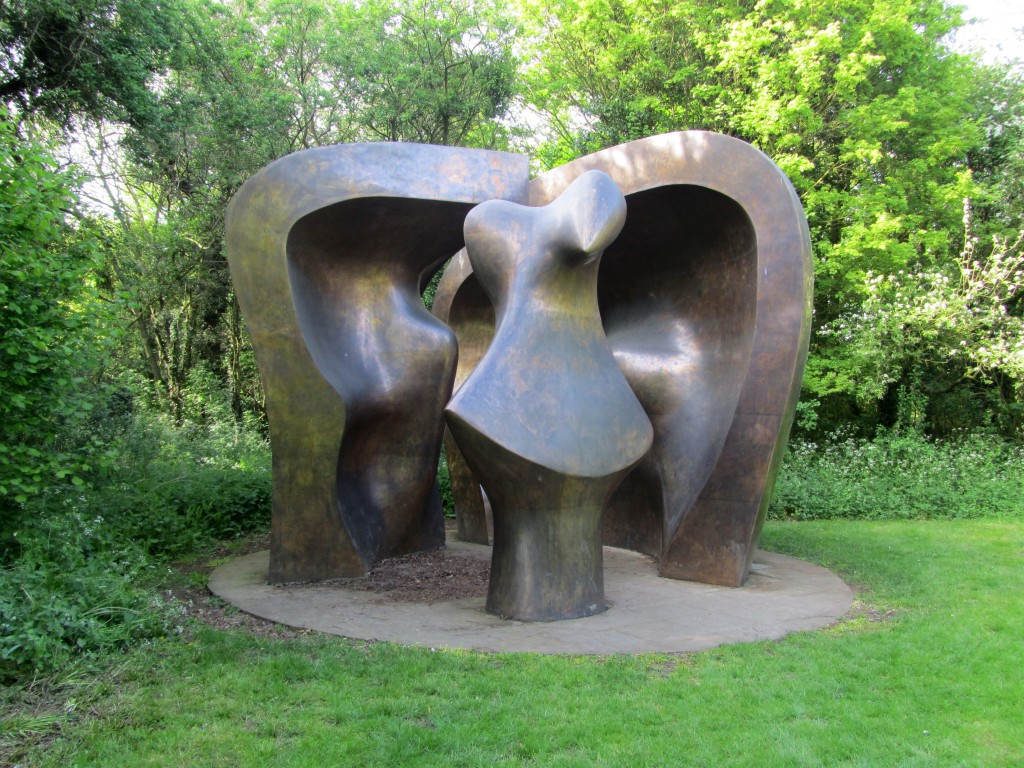
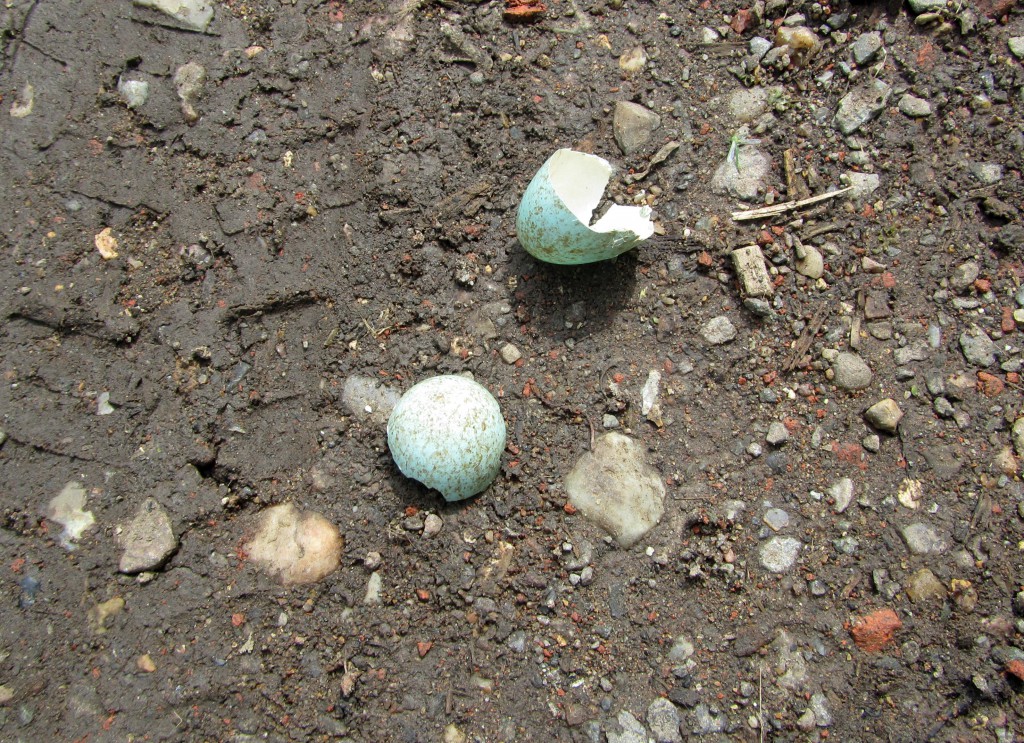
Lovely again Chris. About time you gathered all your blogs into a book!
Thanks David, books are good but this way we save on trees!
So informative. I had no idea about the flint stones being inspiration. It’s such an amazing time of year, the flowers are just stunning. I’ve been out and about too.
It’s true, Henry Moore was really Fred Flintstone!
What a beautiful walk. Thanks for taking us along.
Those old feed bins look like old hog feeders to me.
I hope the field was plowed in expectation of a crop, rather than another housing development.
Thanks Bill, I’m glad you enjoyed it. Would Henry Moore have found inspirational stones at White Flint Farm?
Read your blog and escaped for a wonderful 15 minutes, imagining myself there.